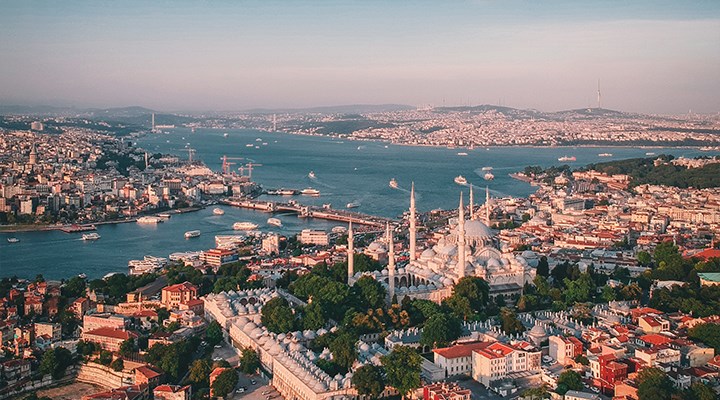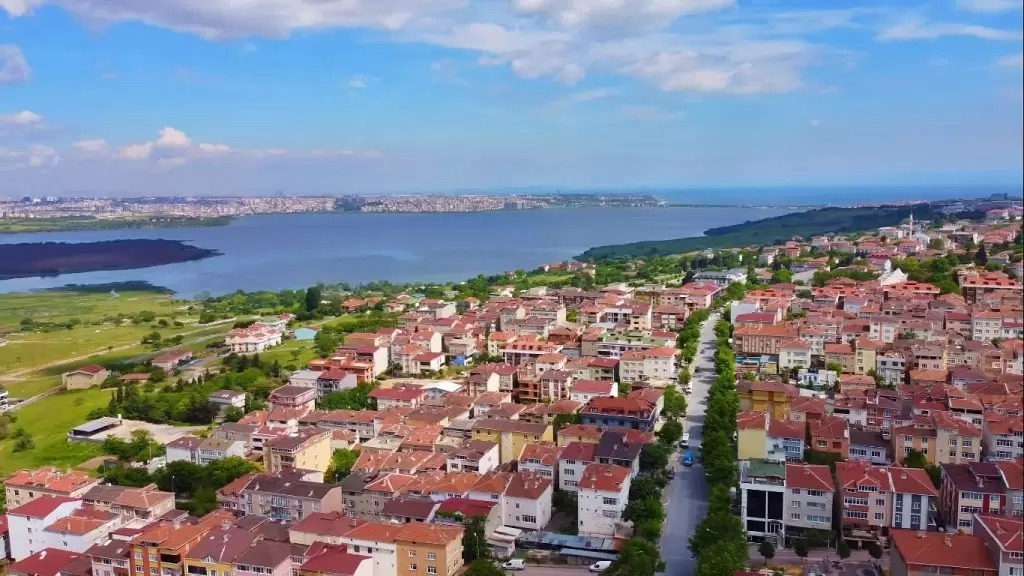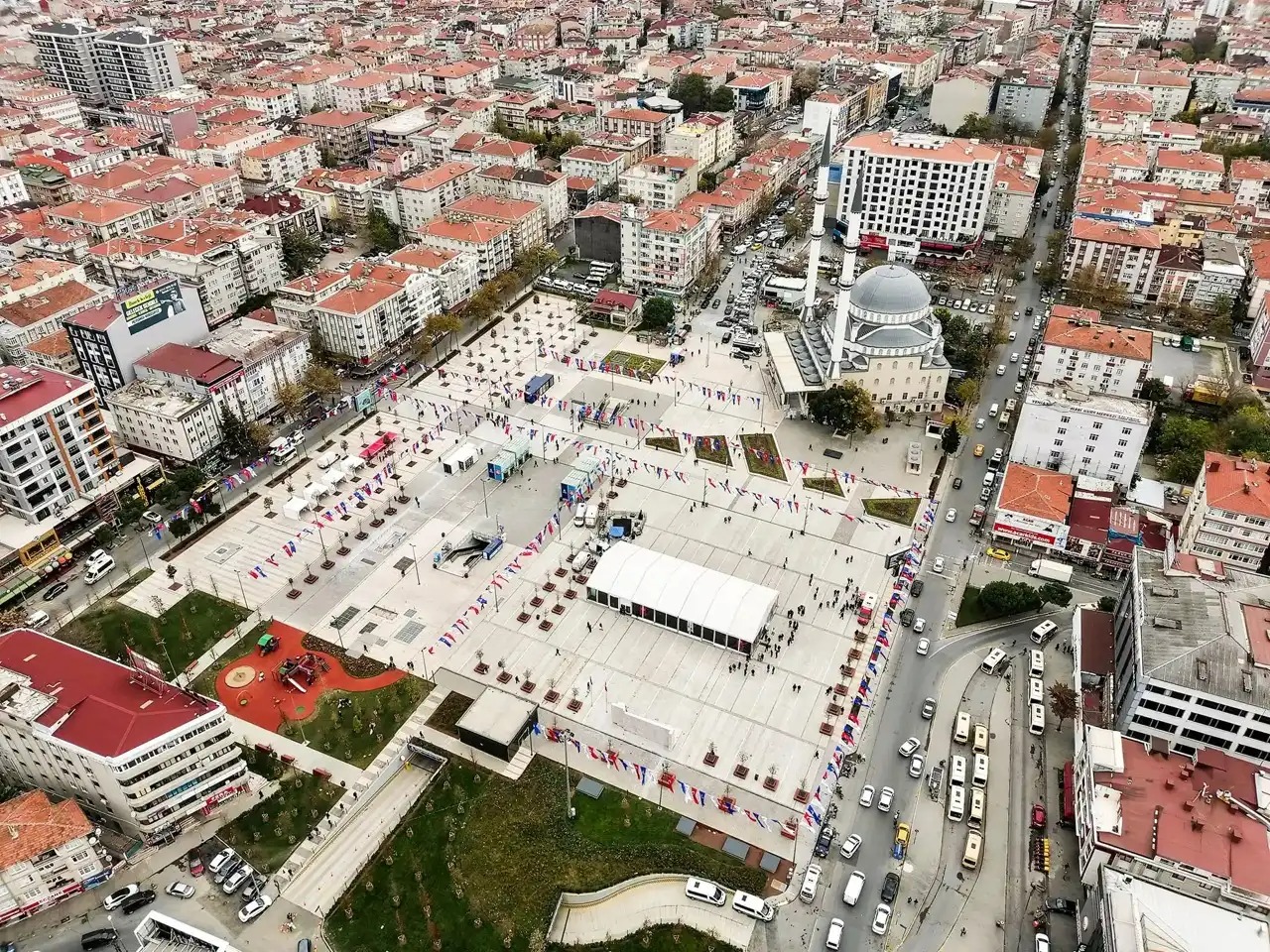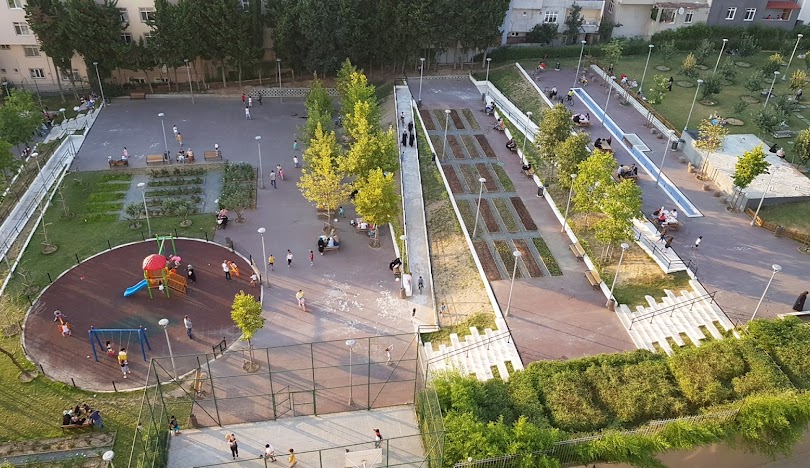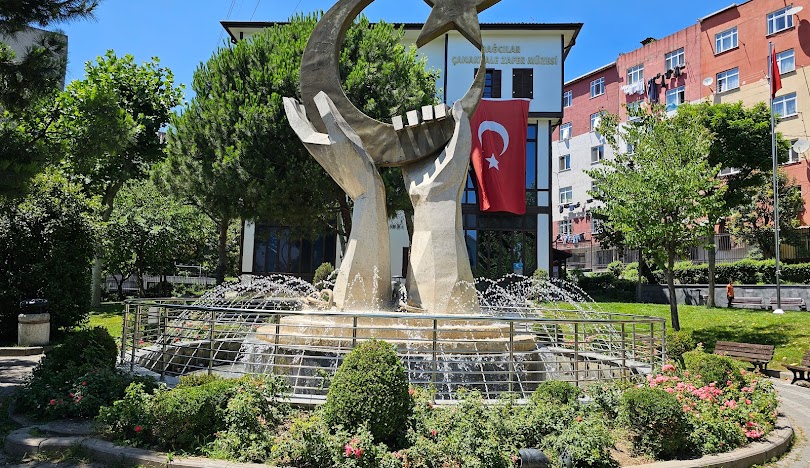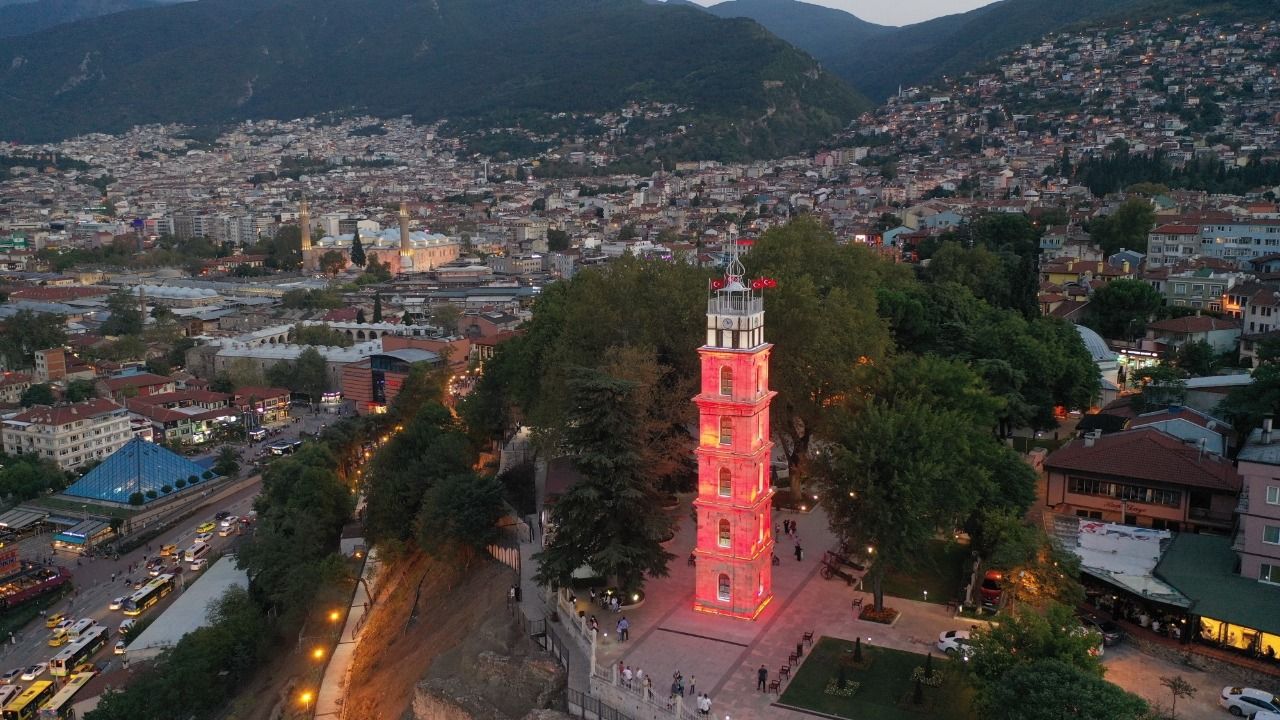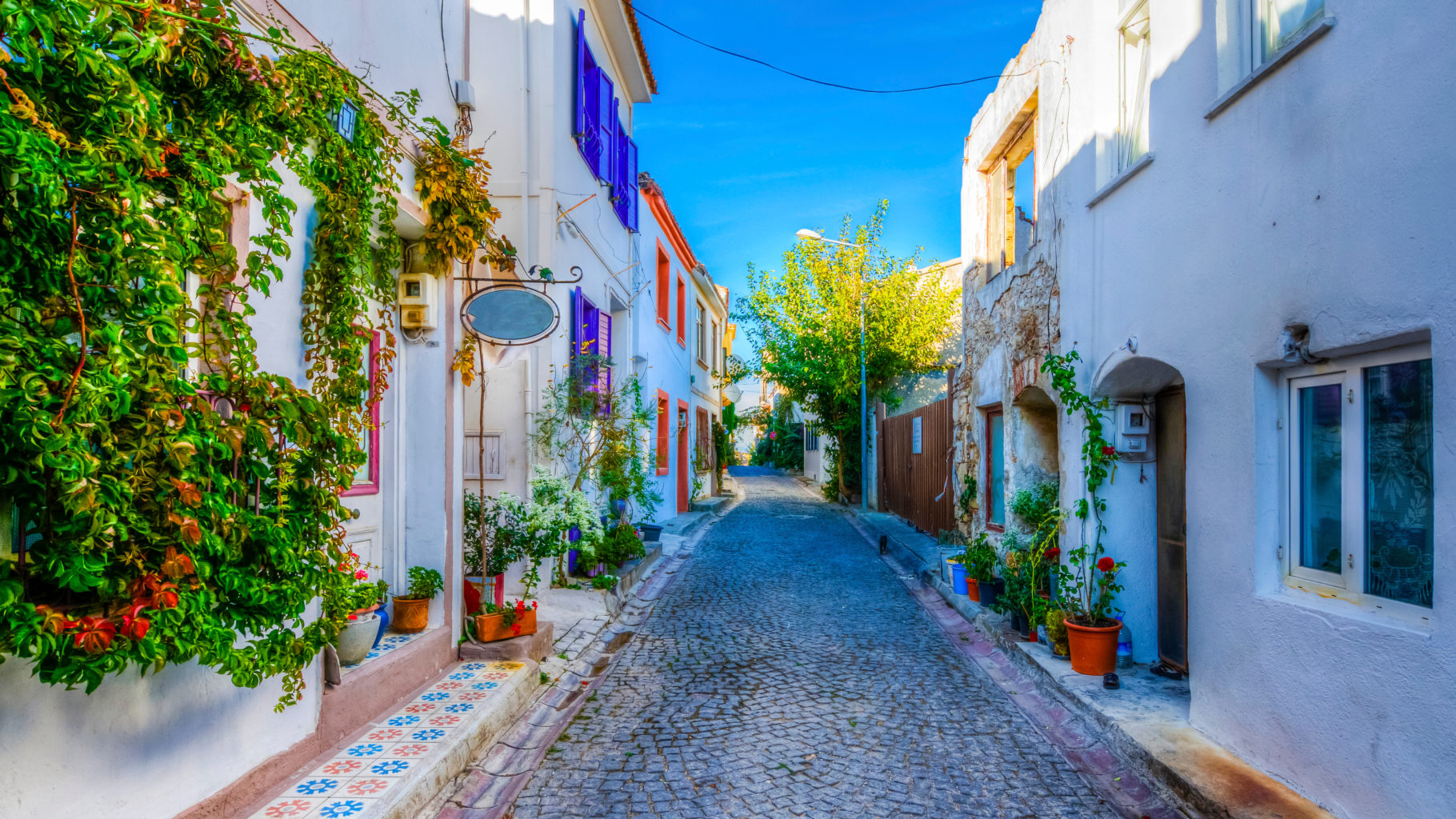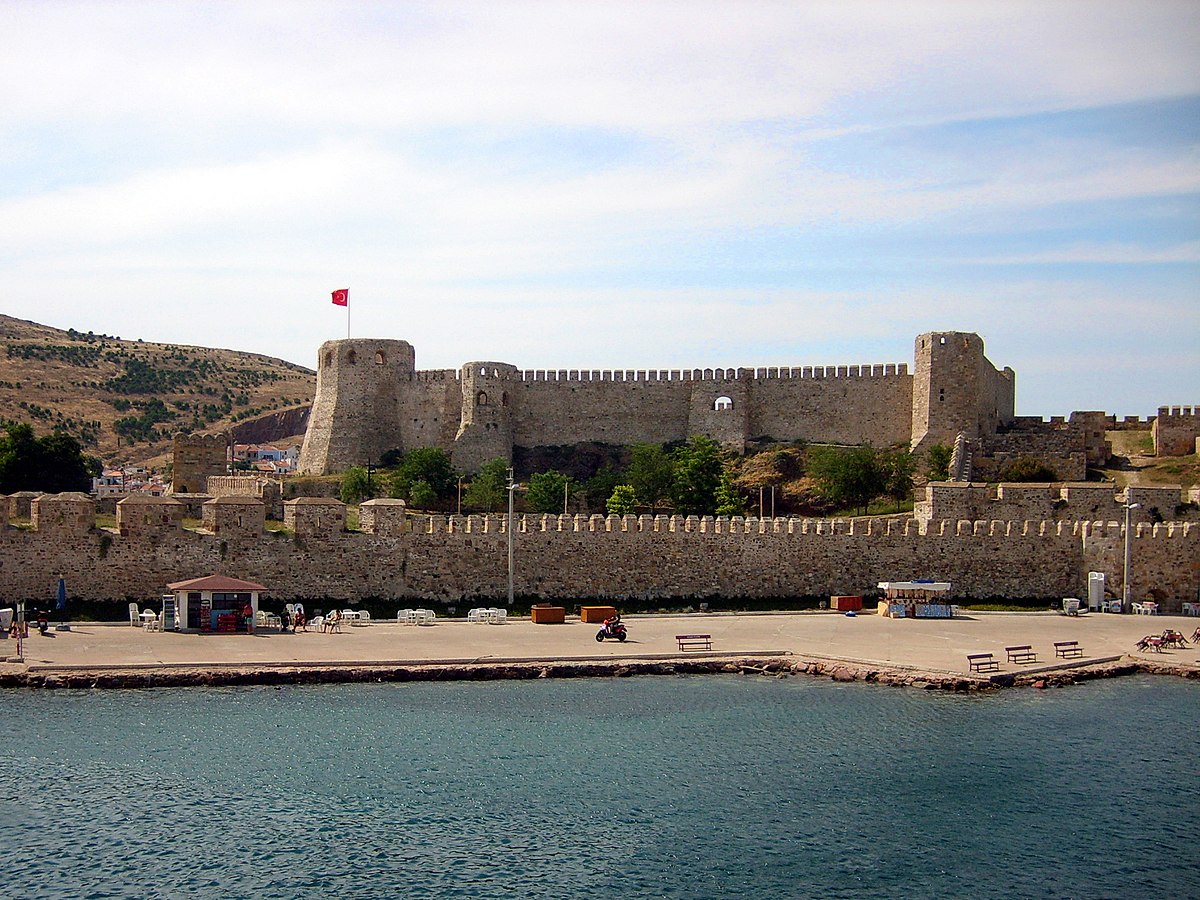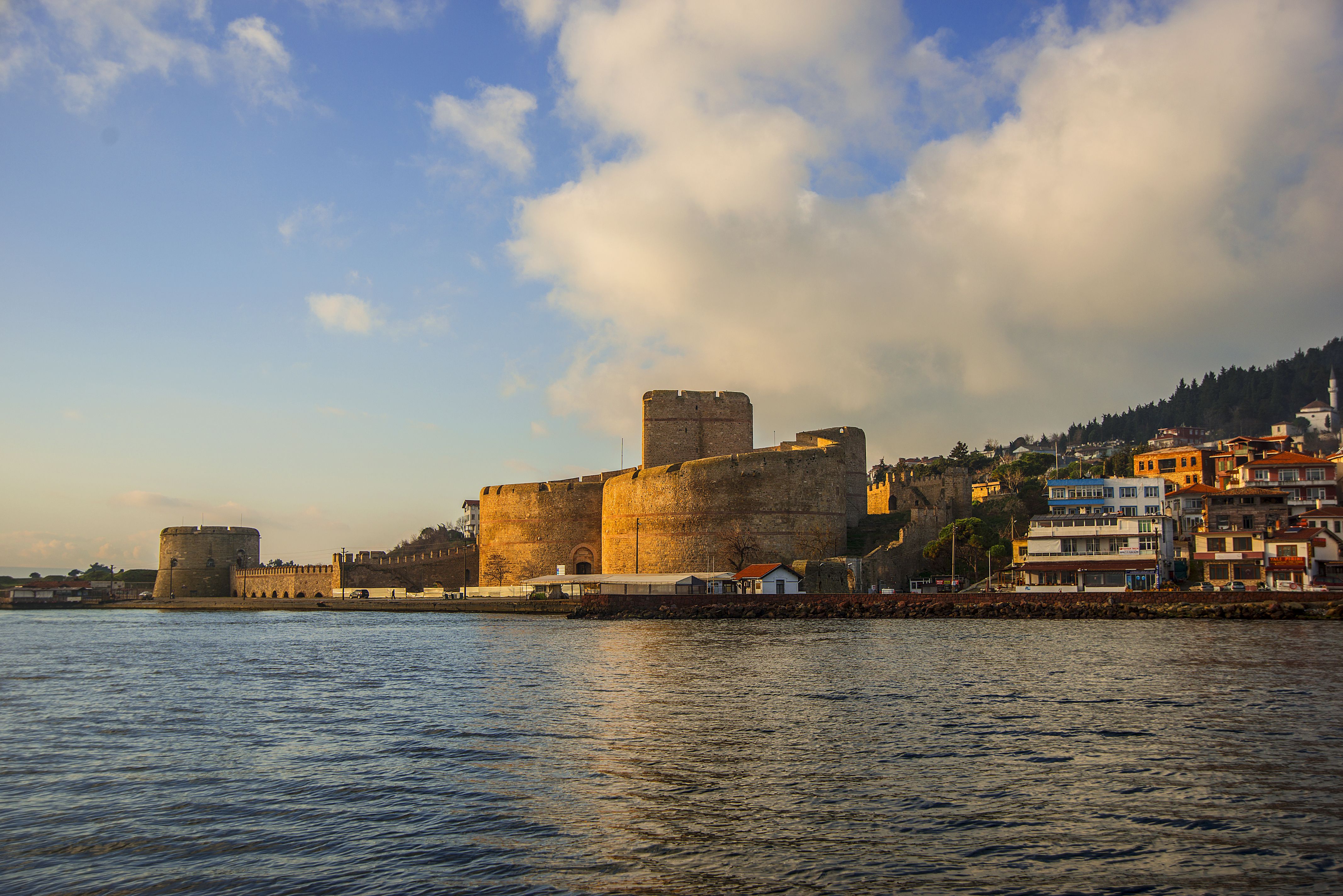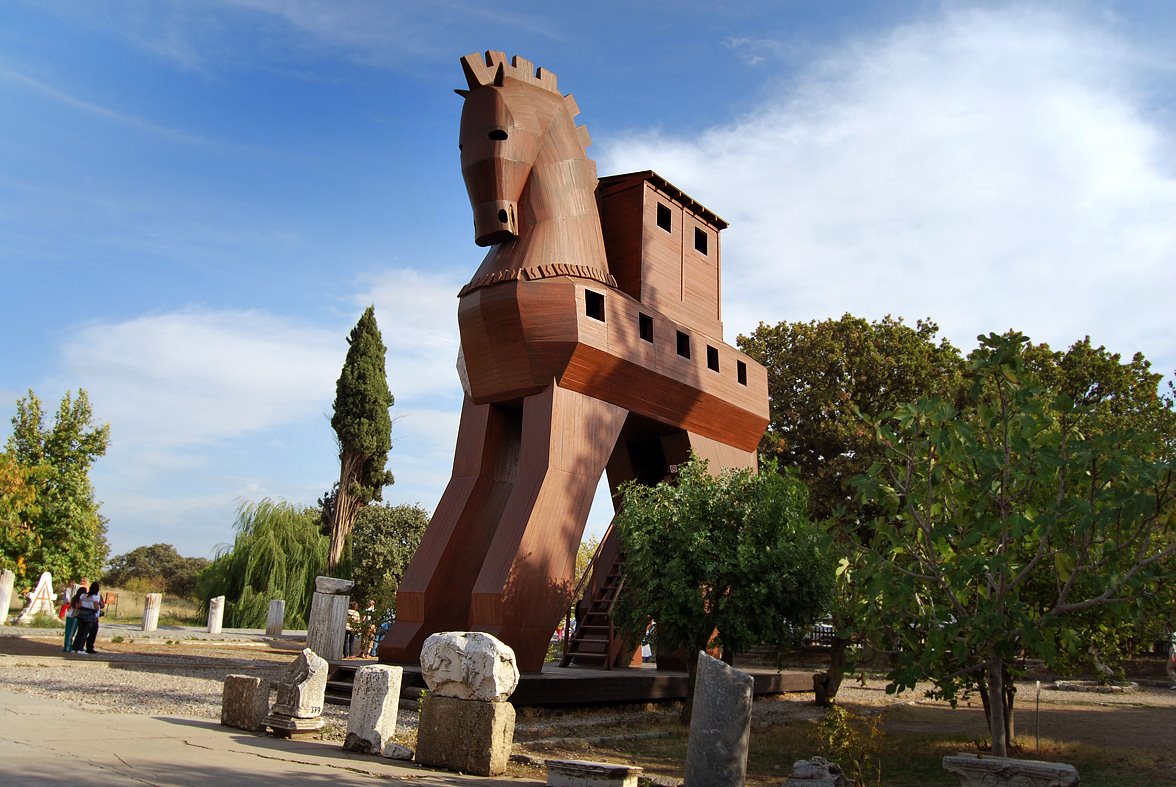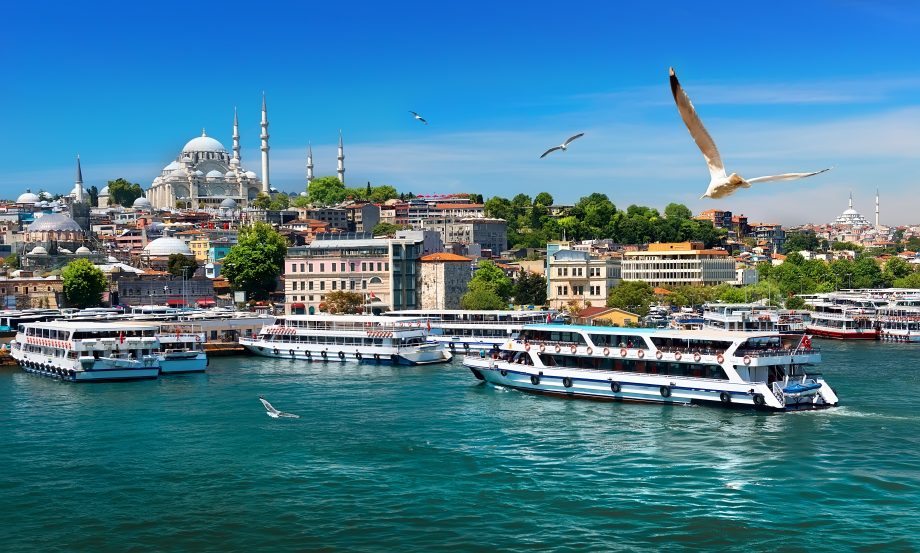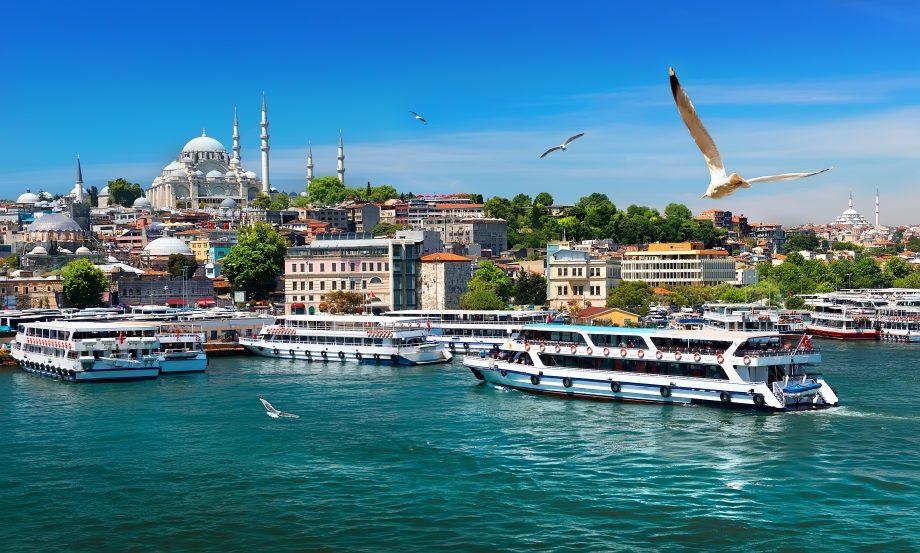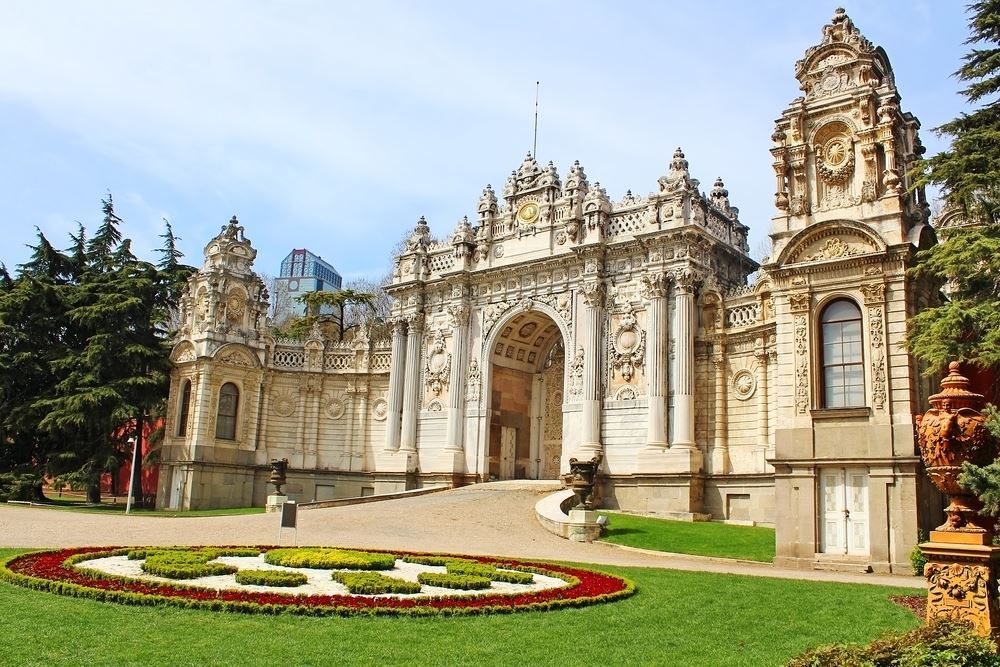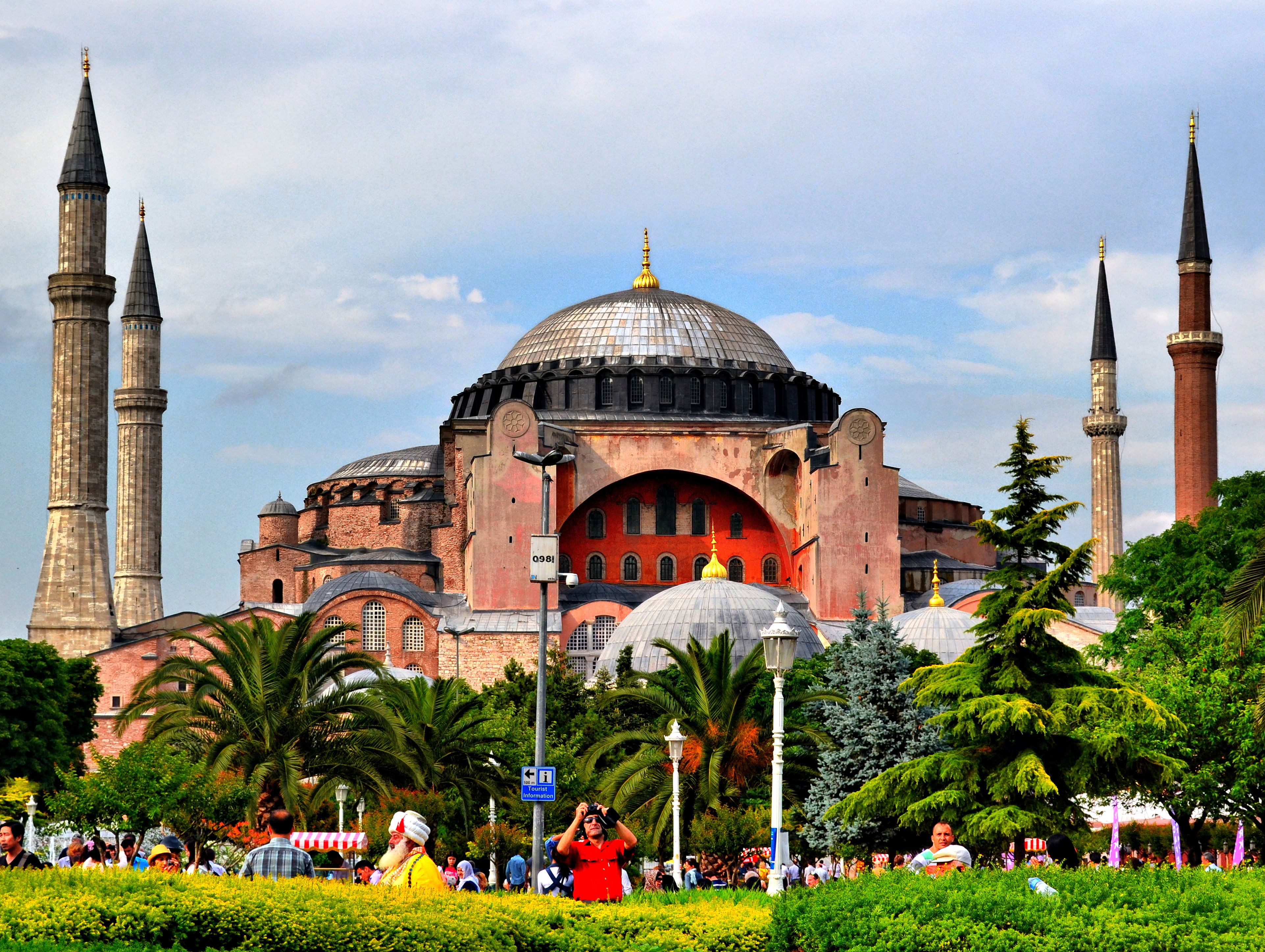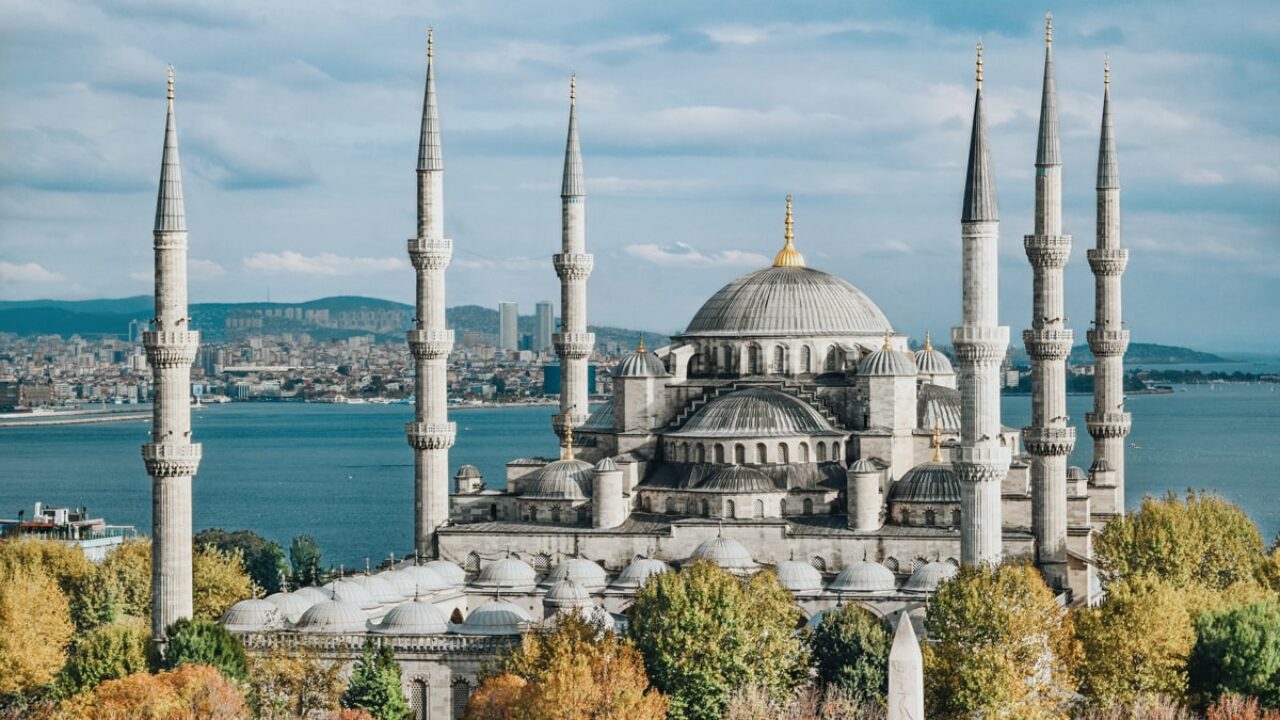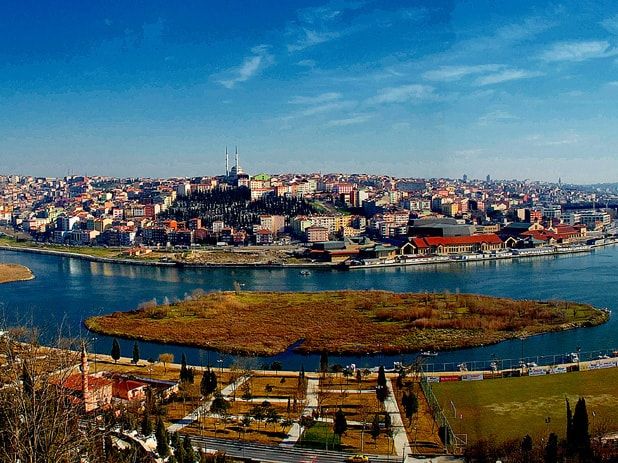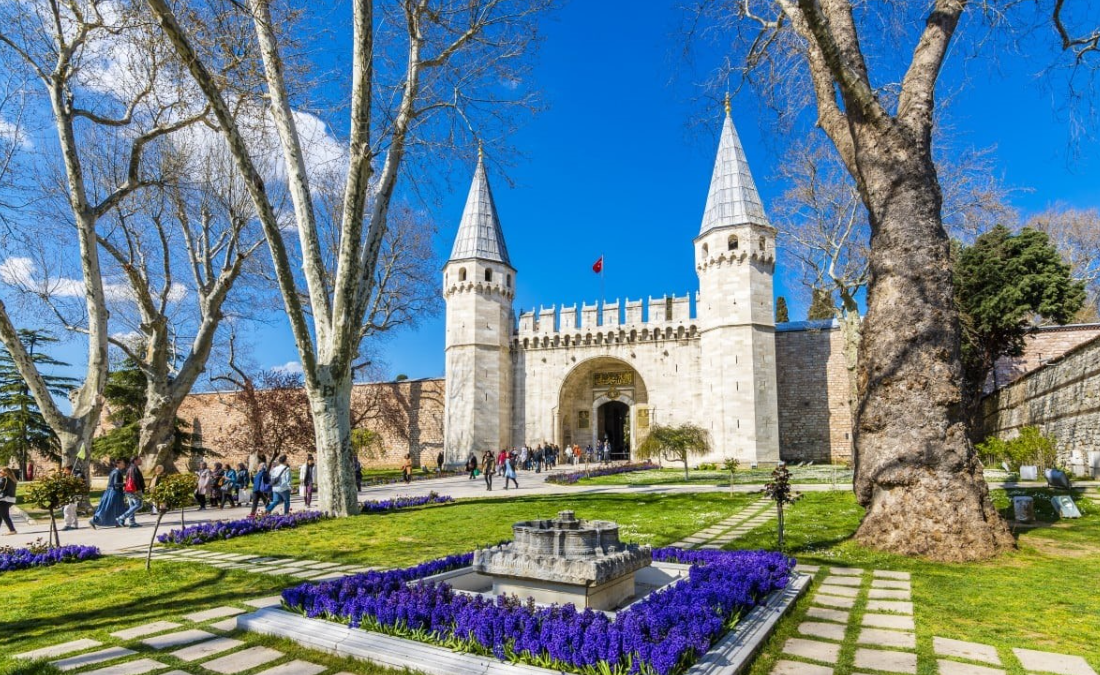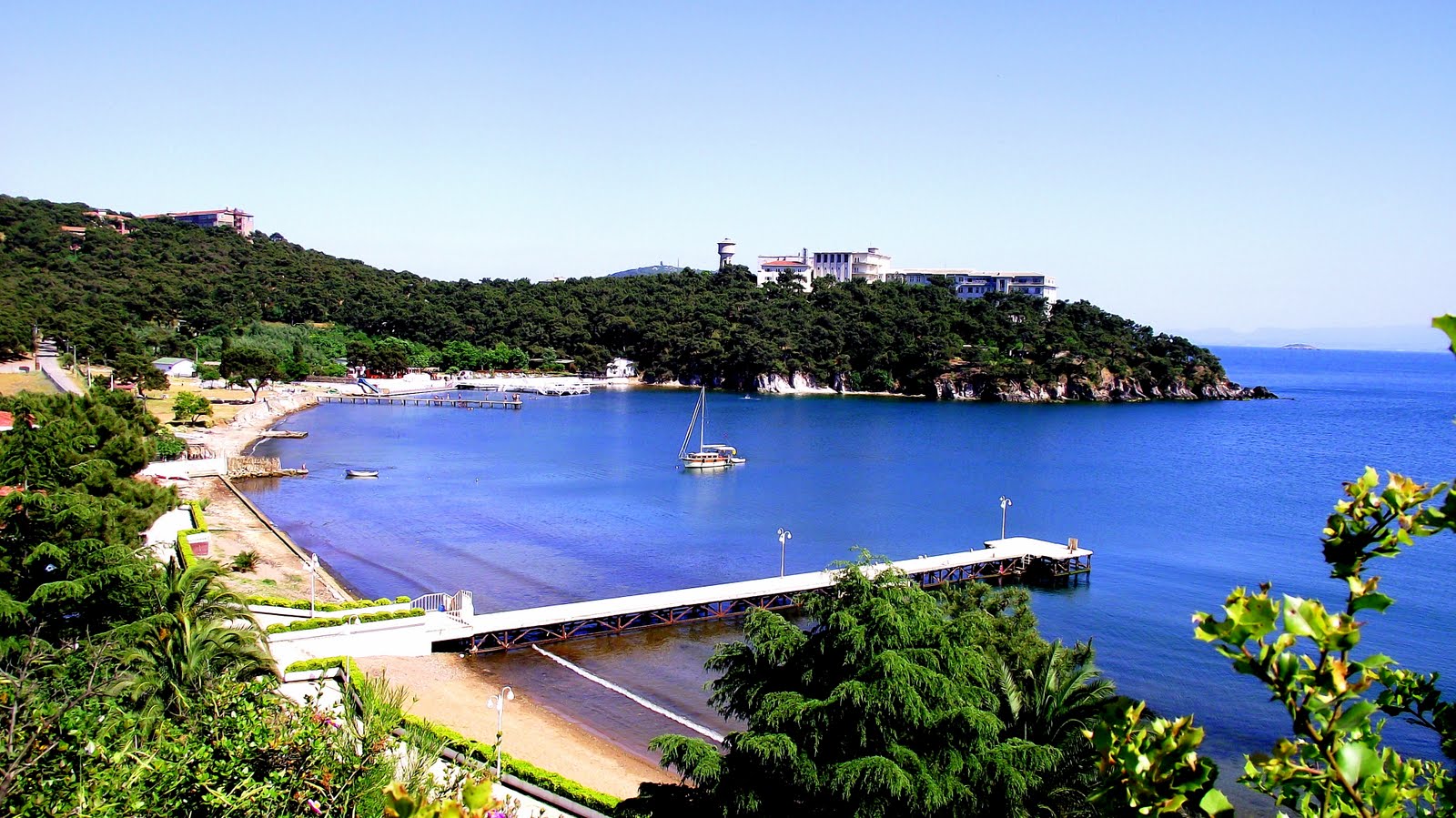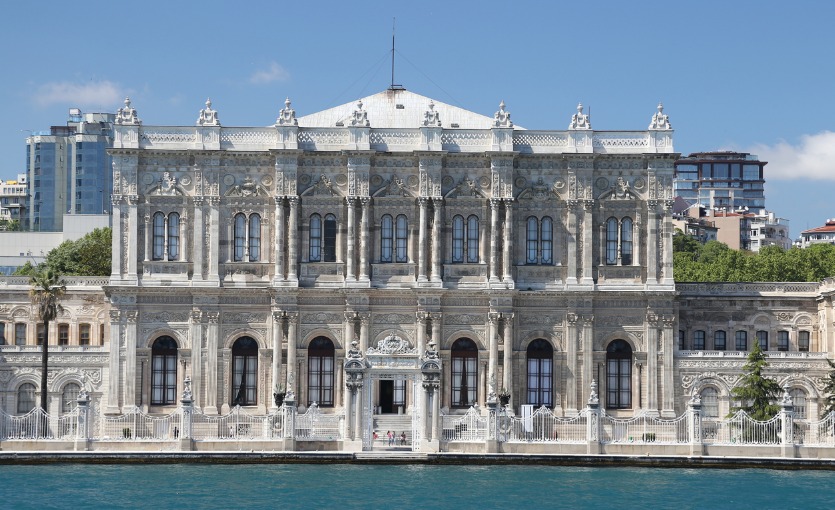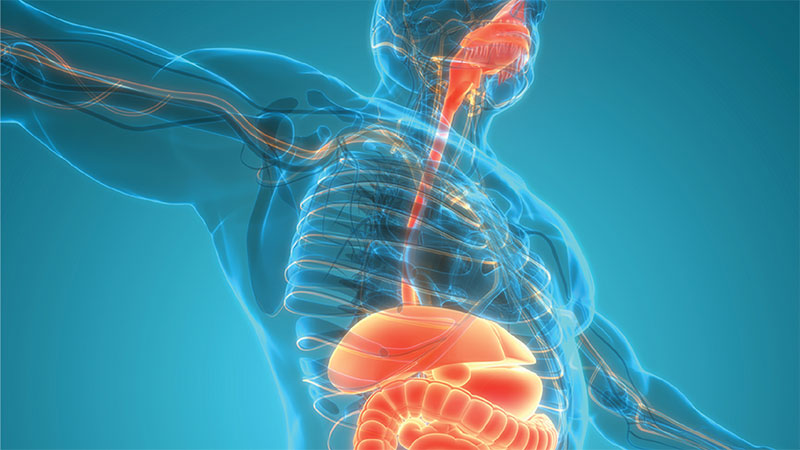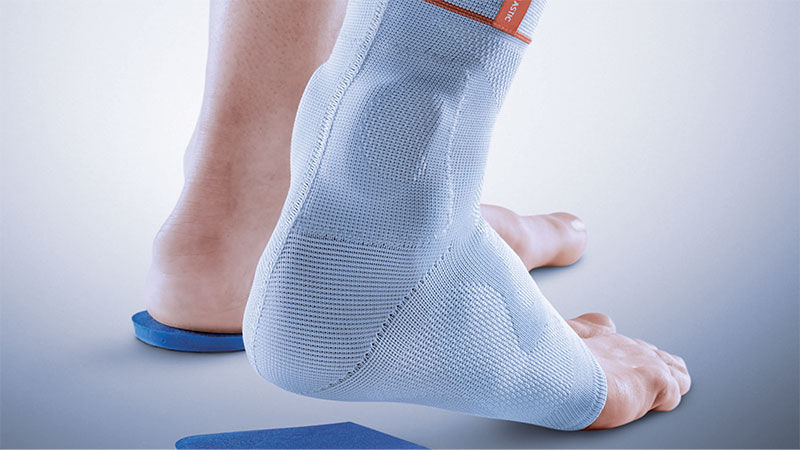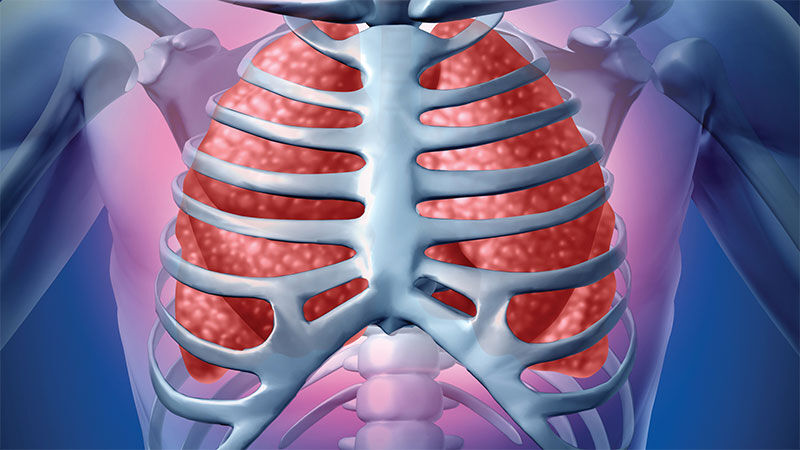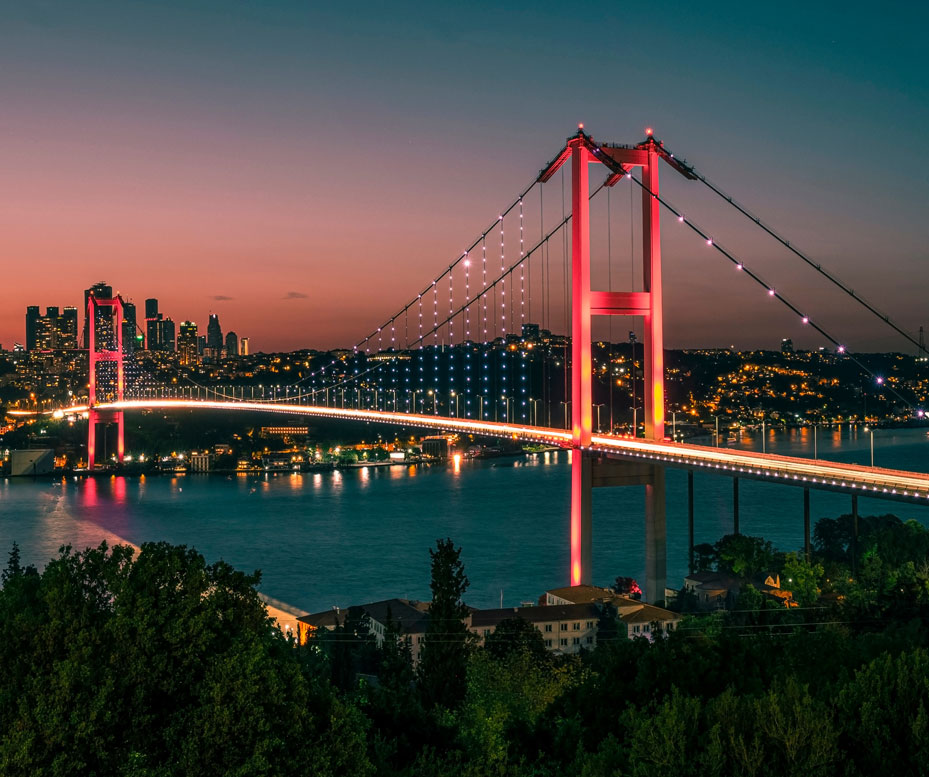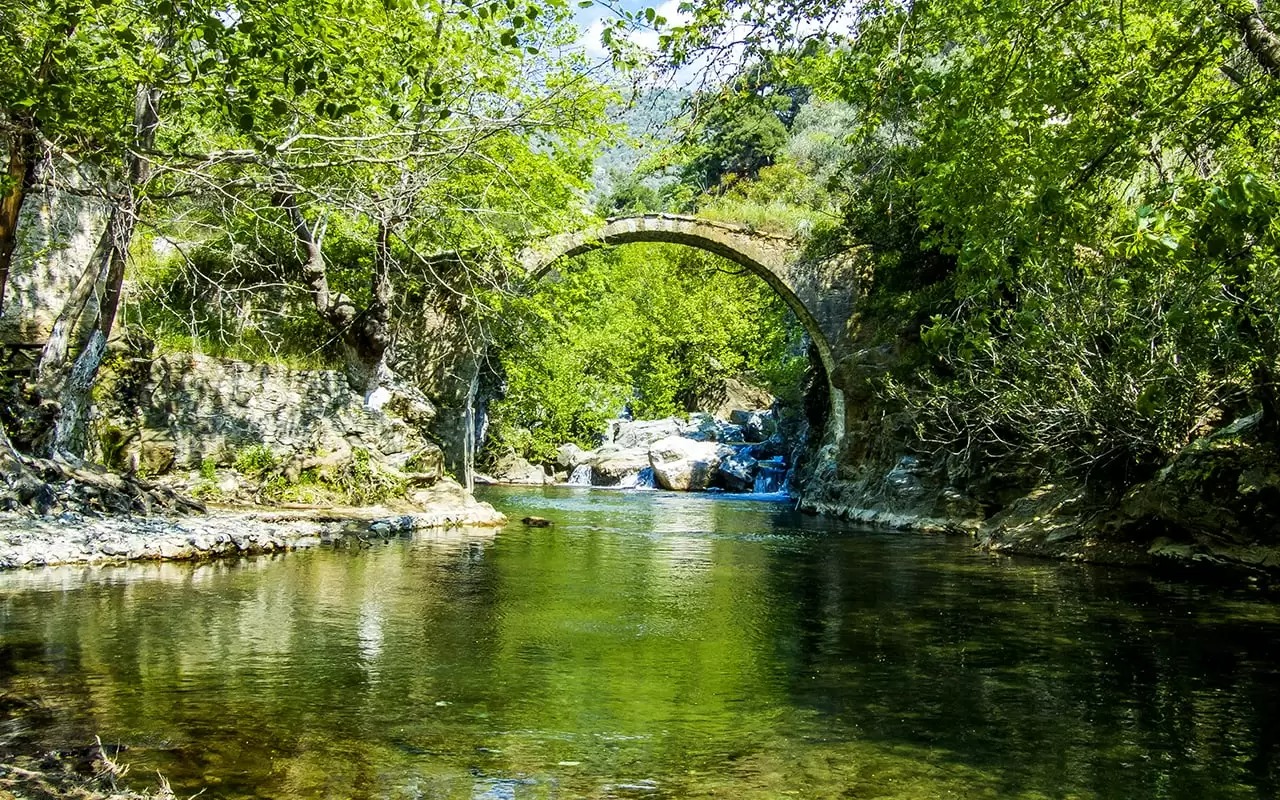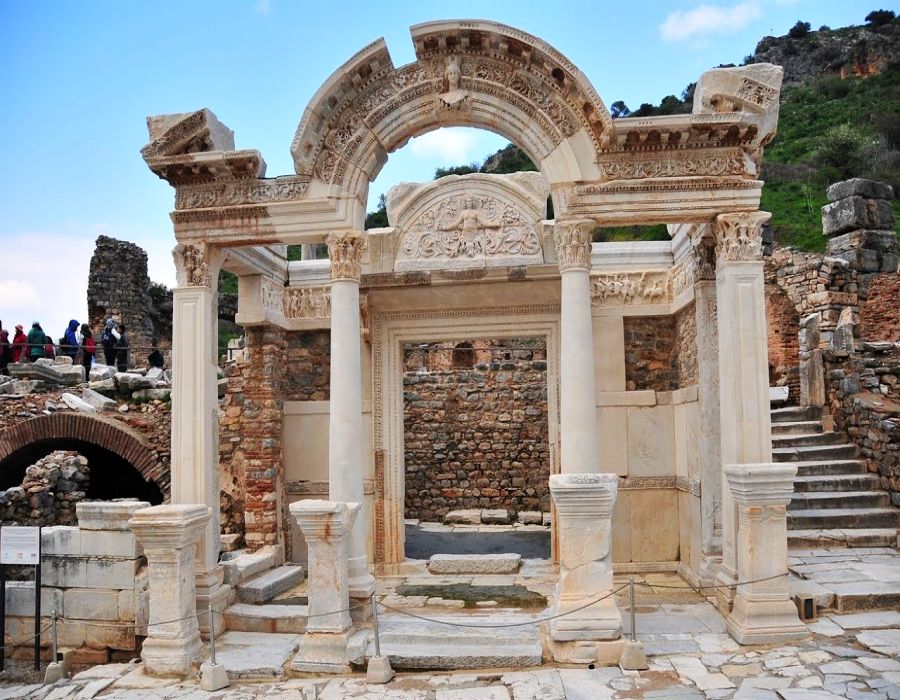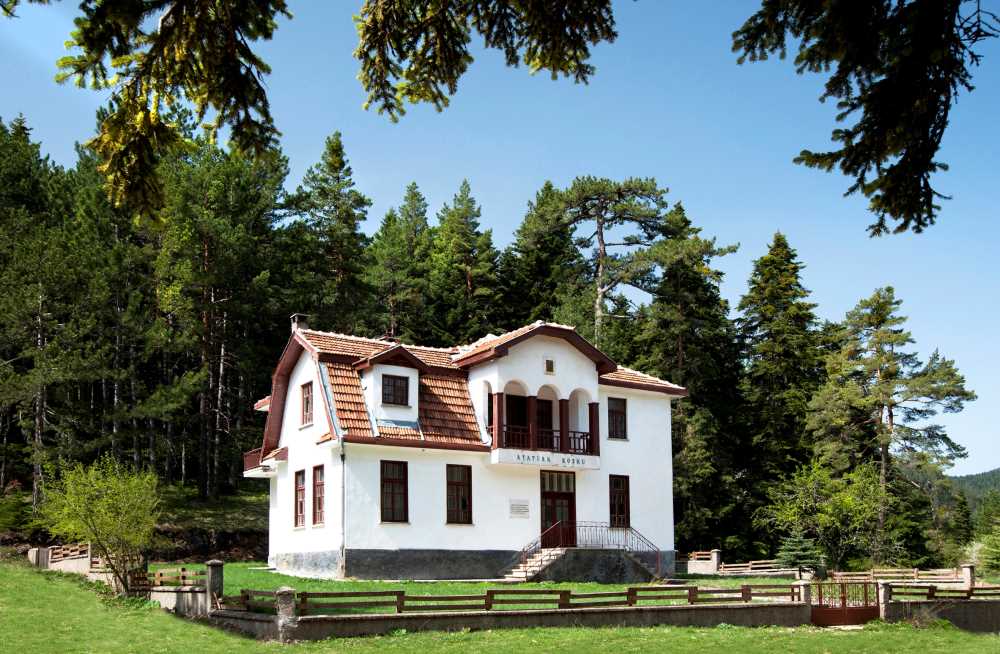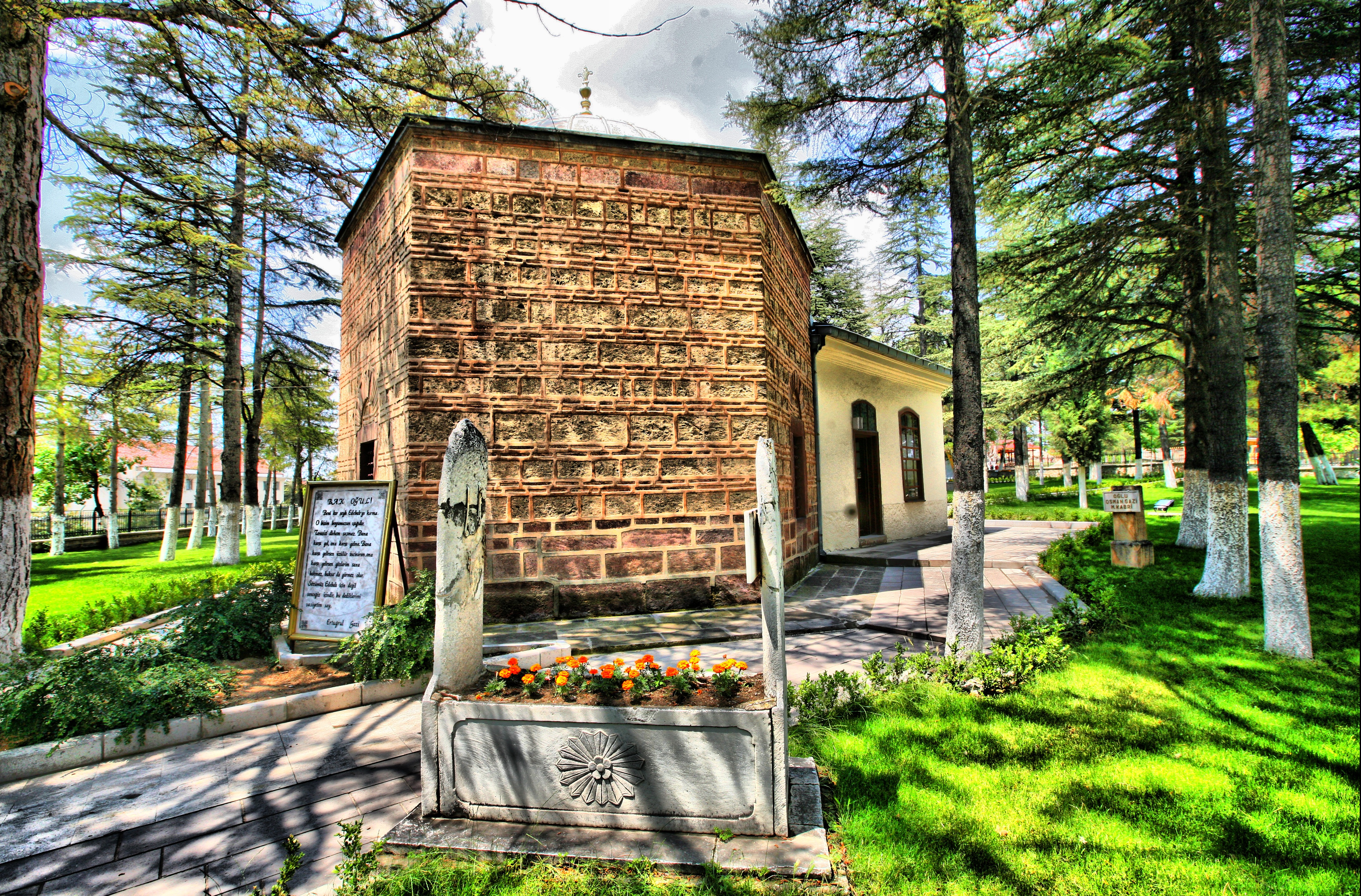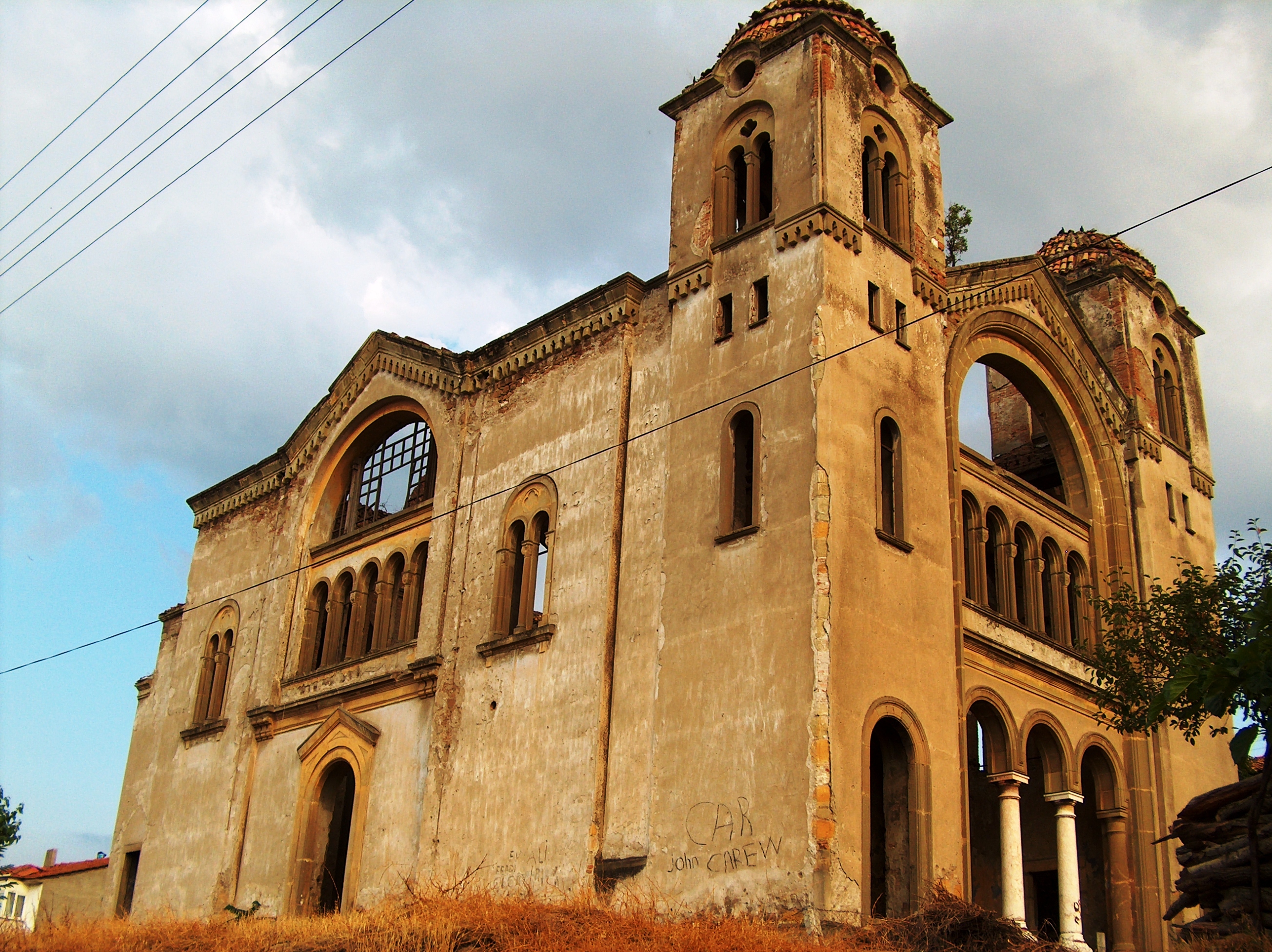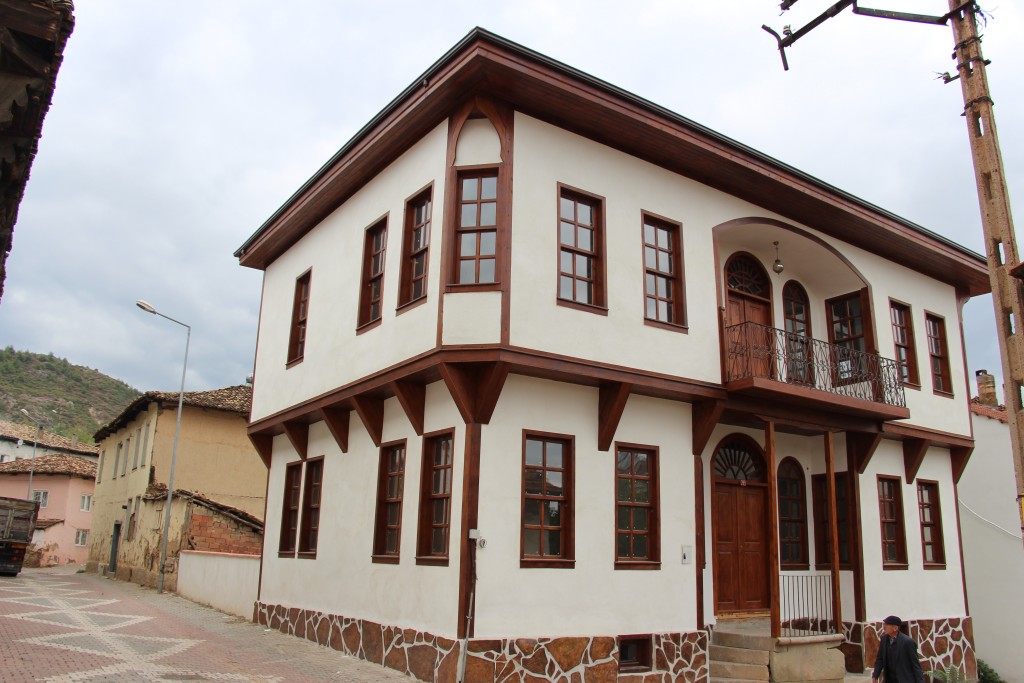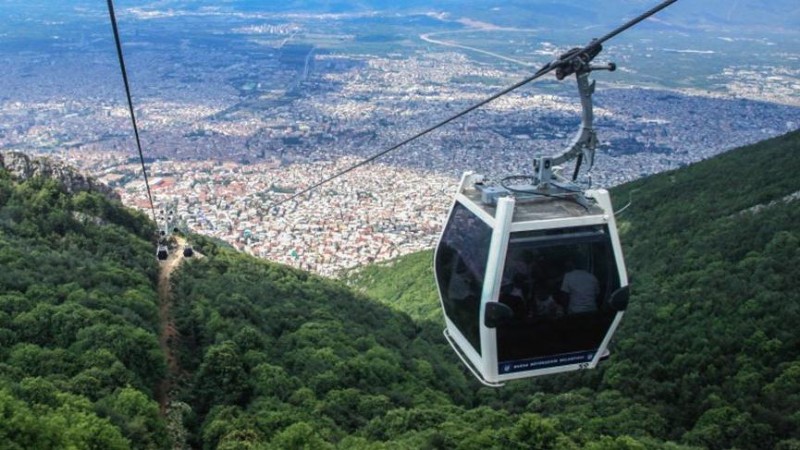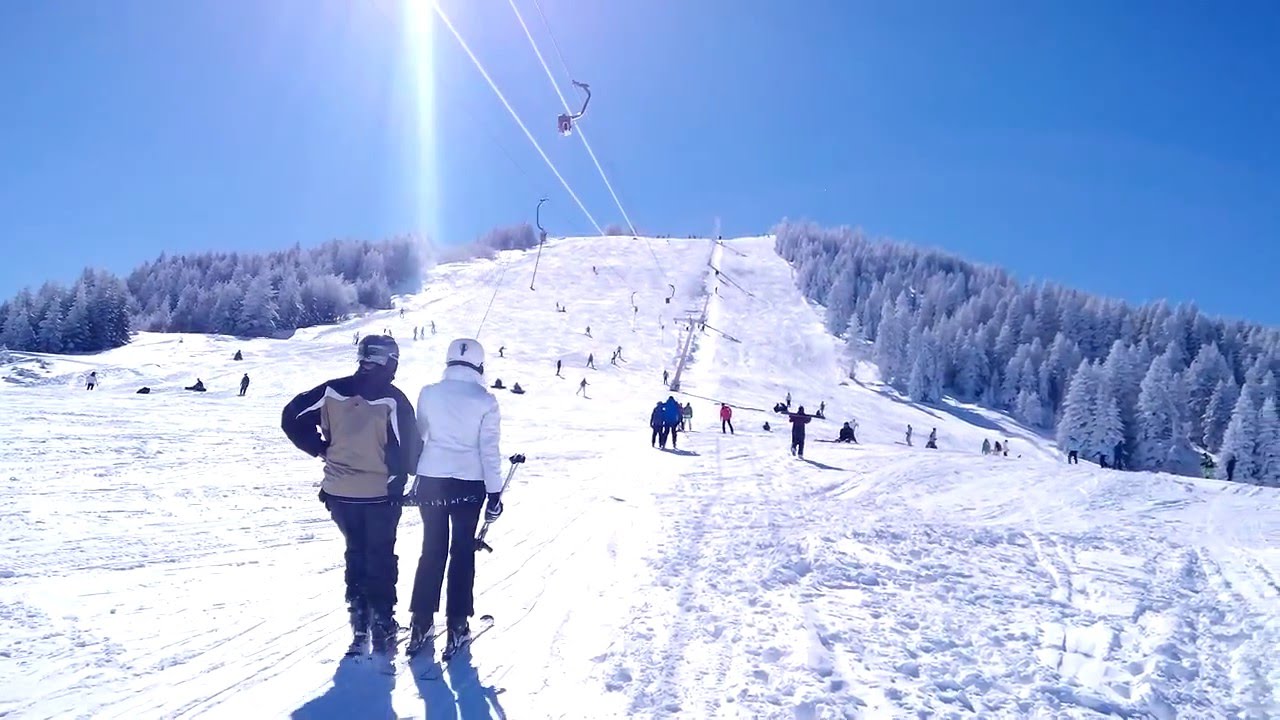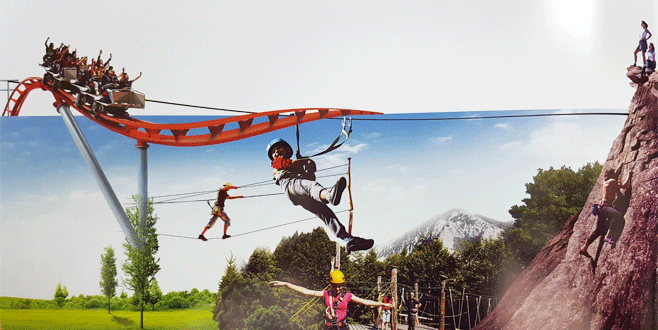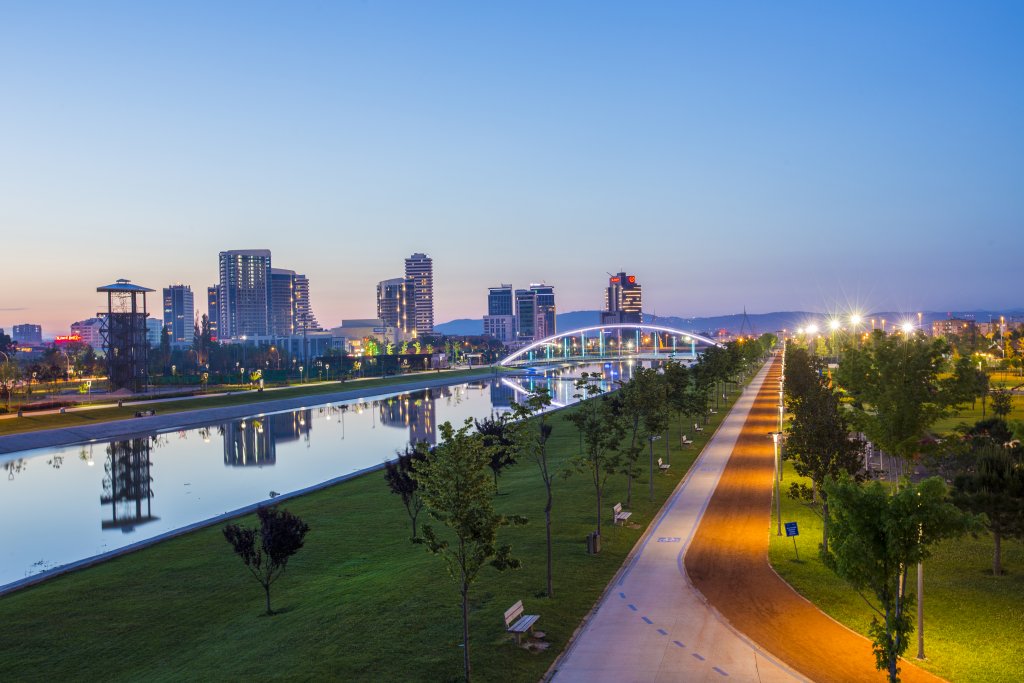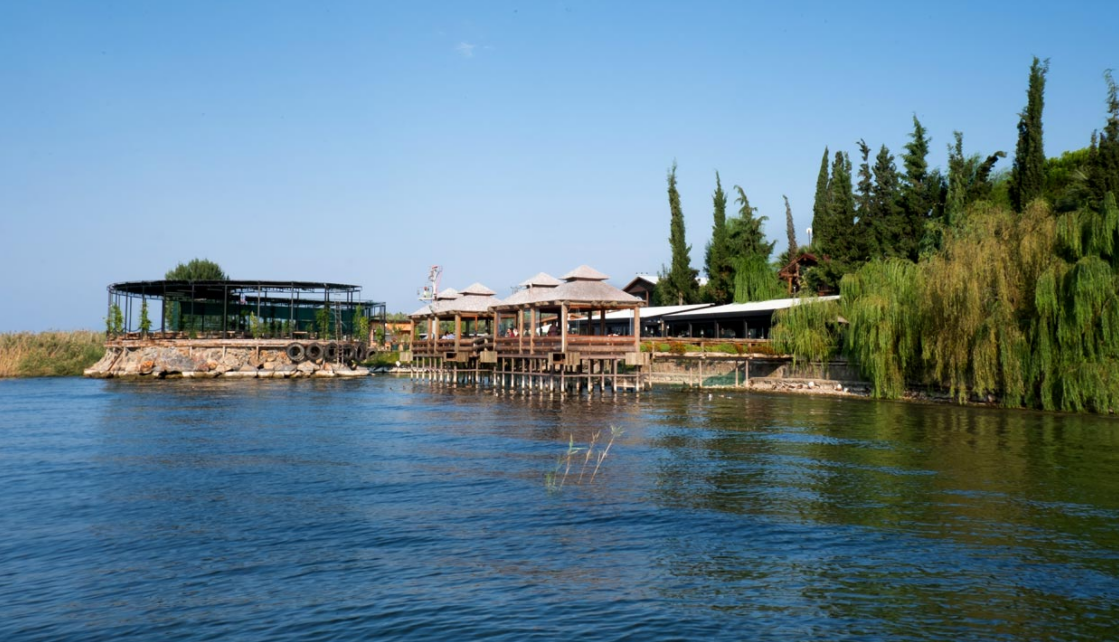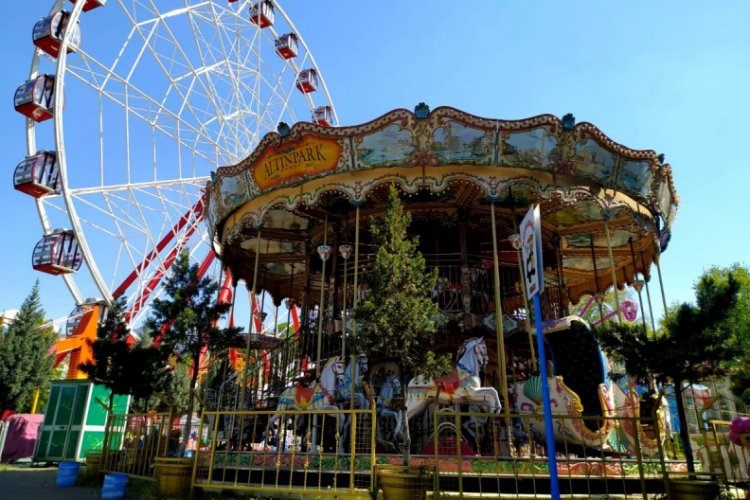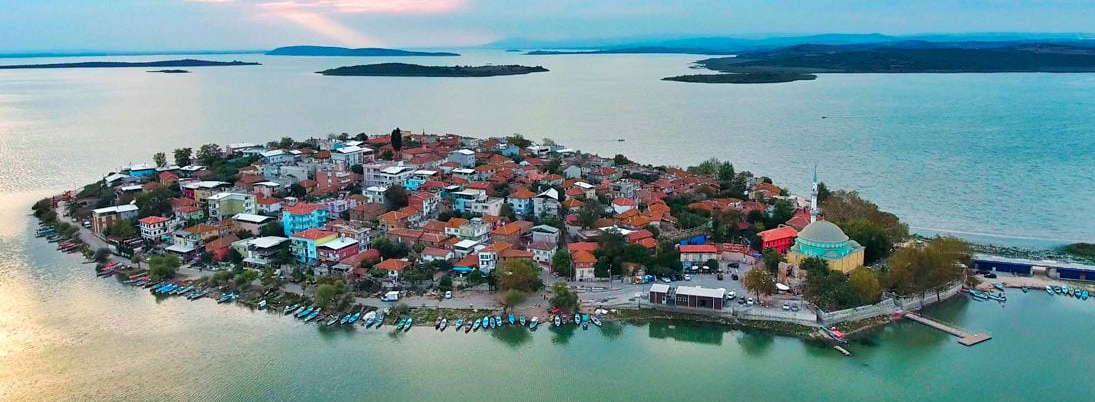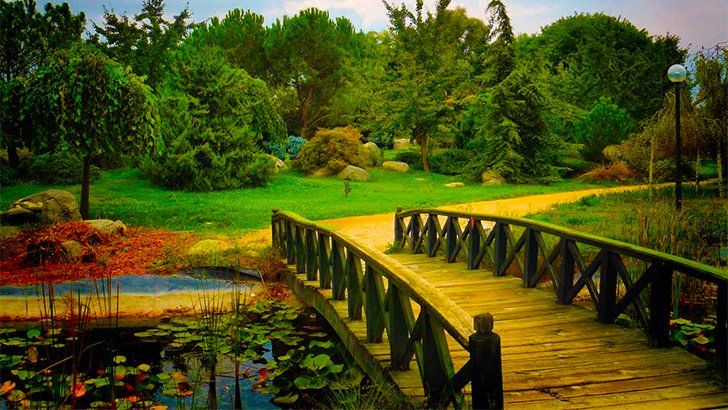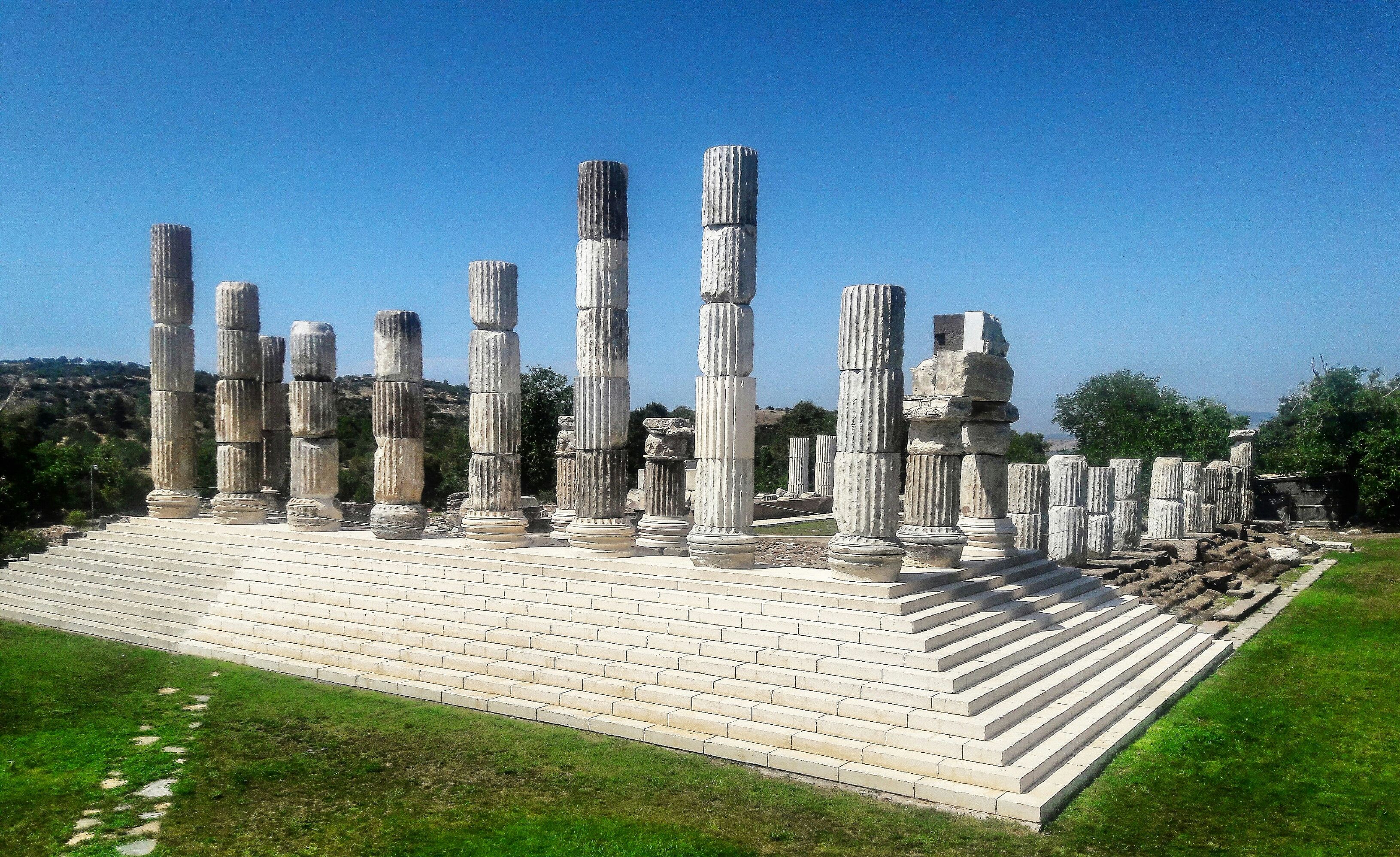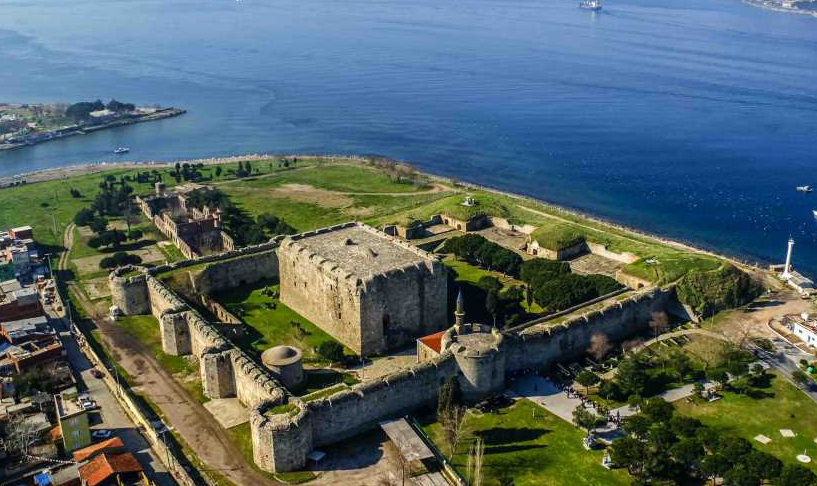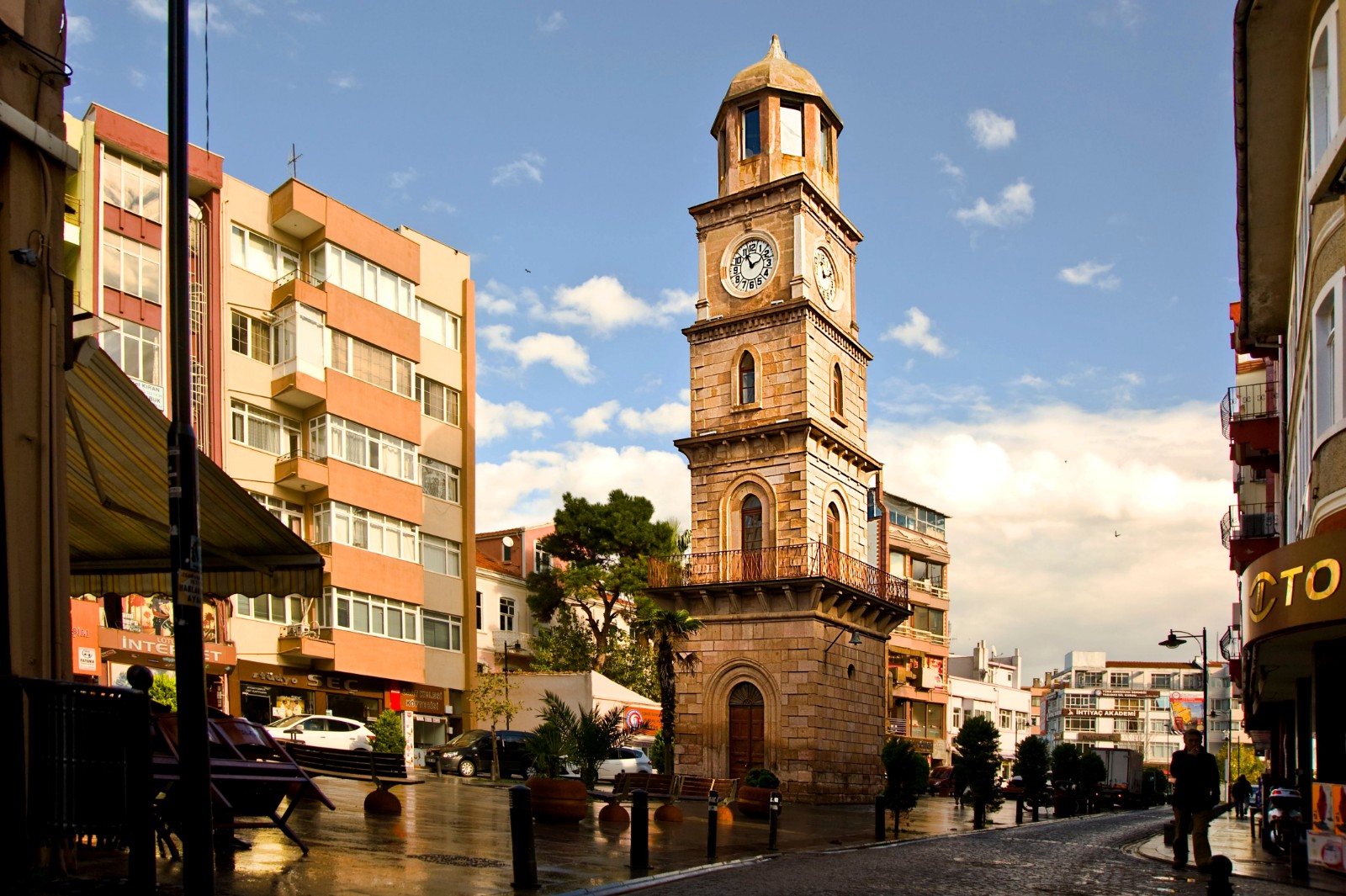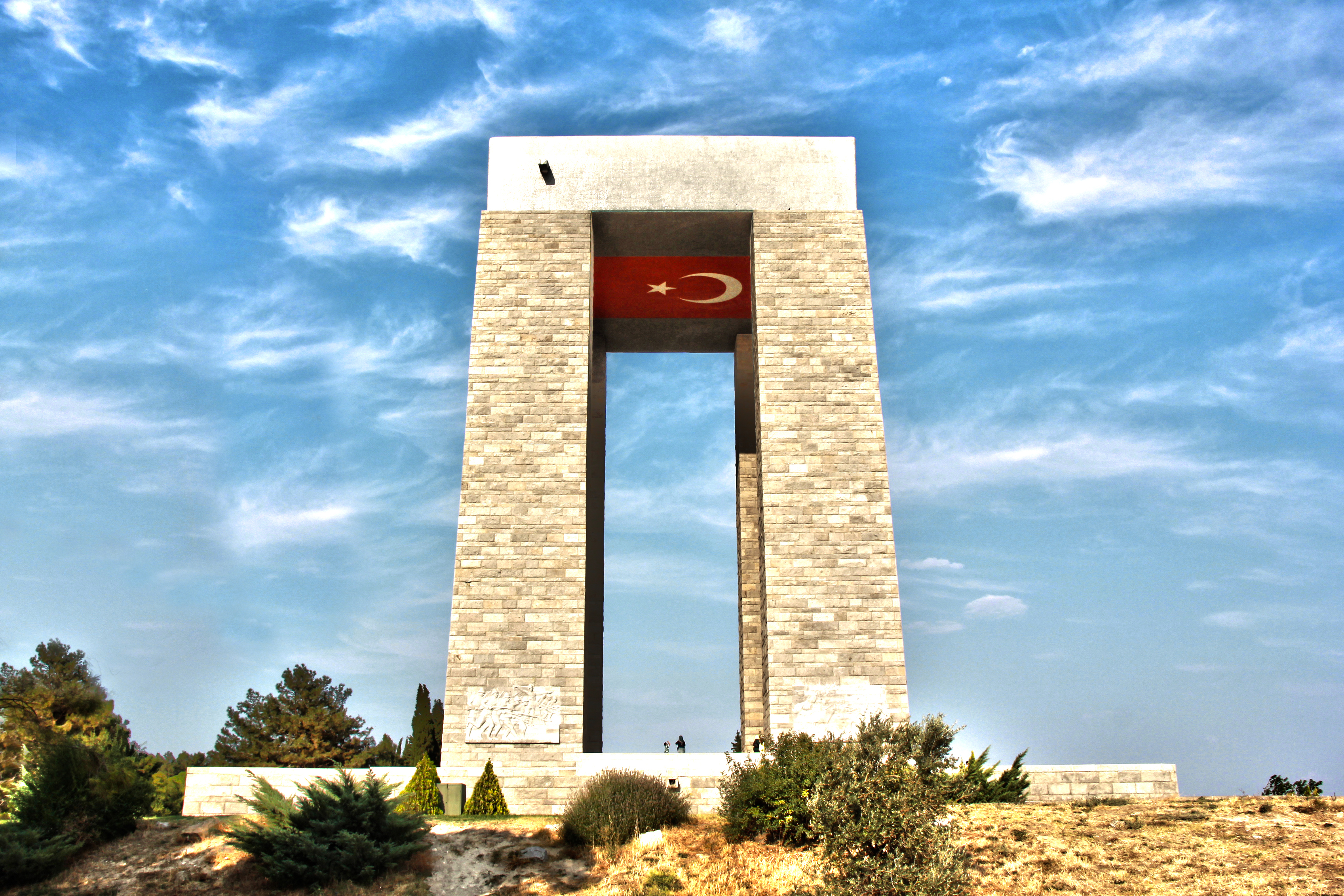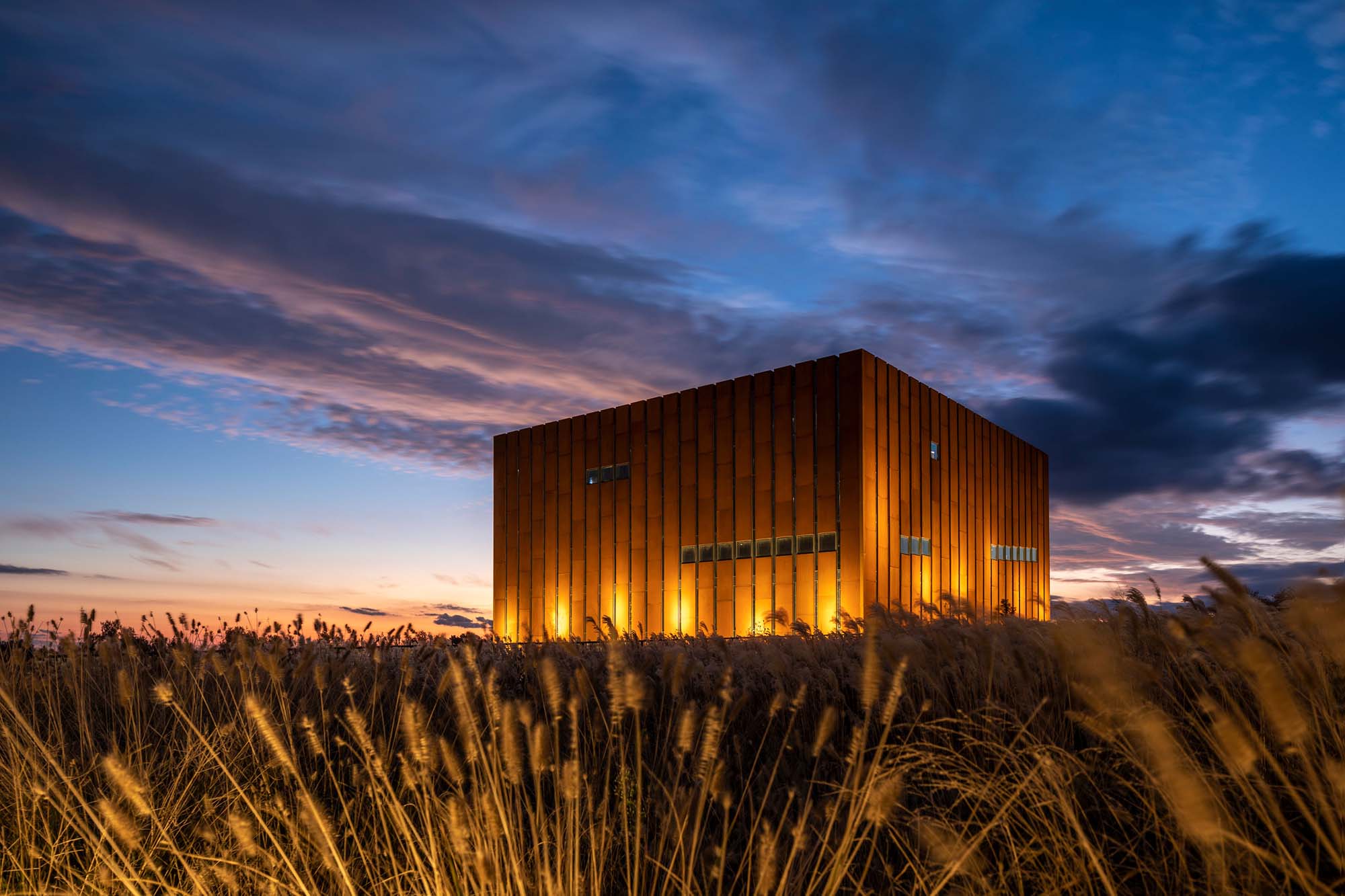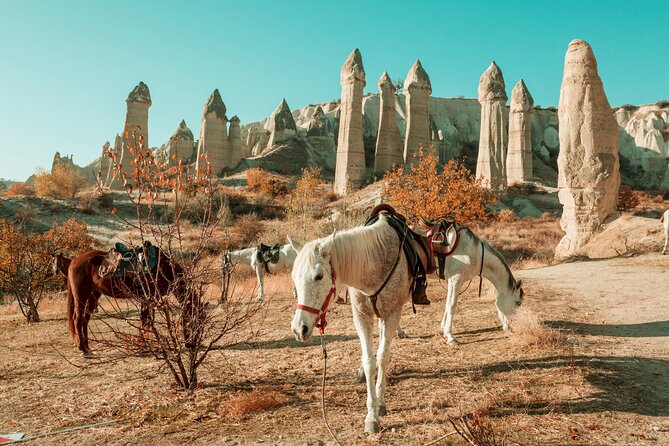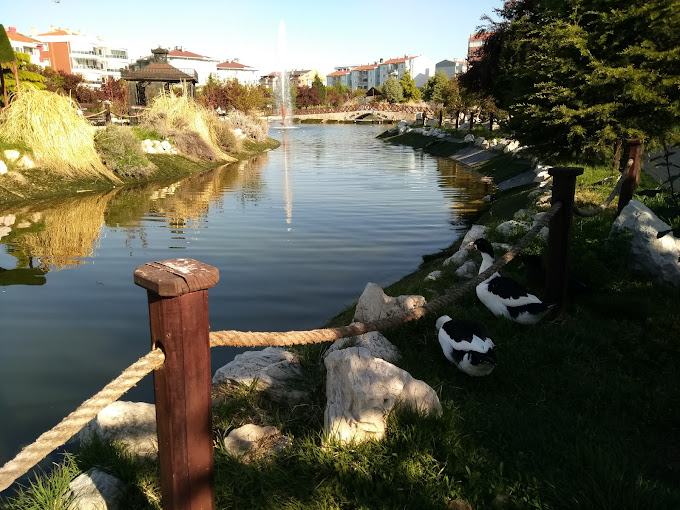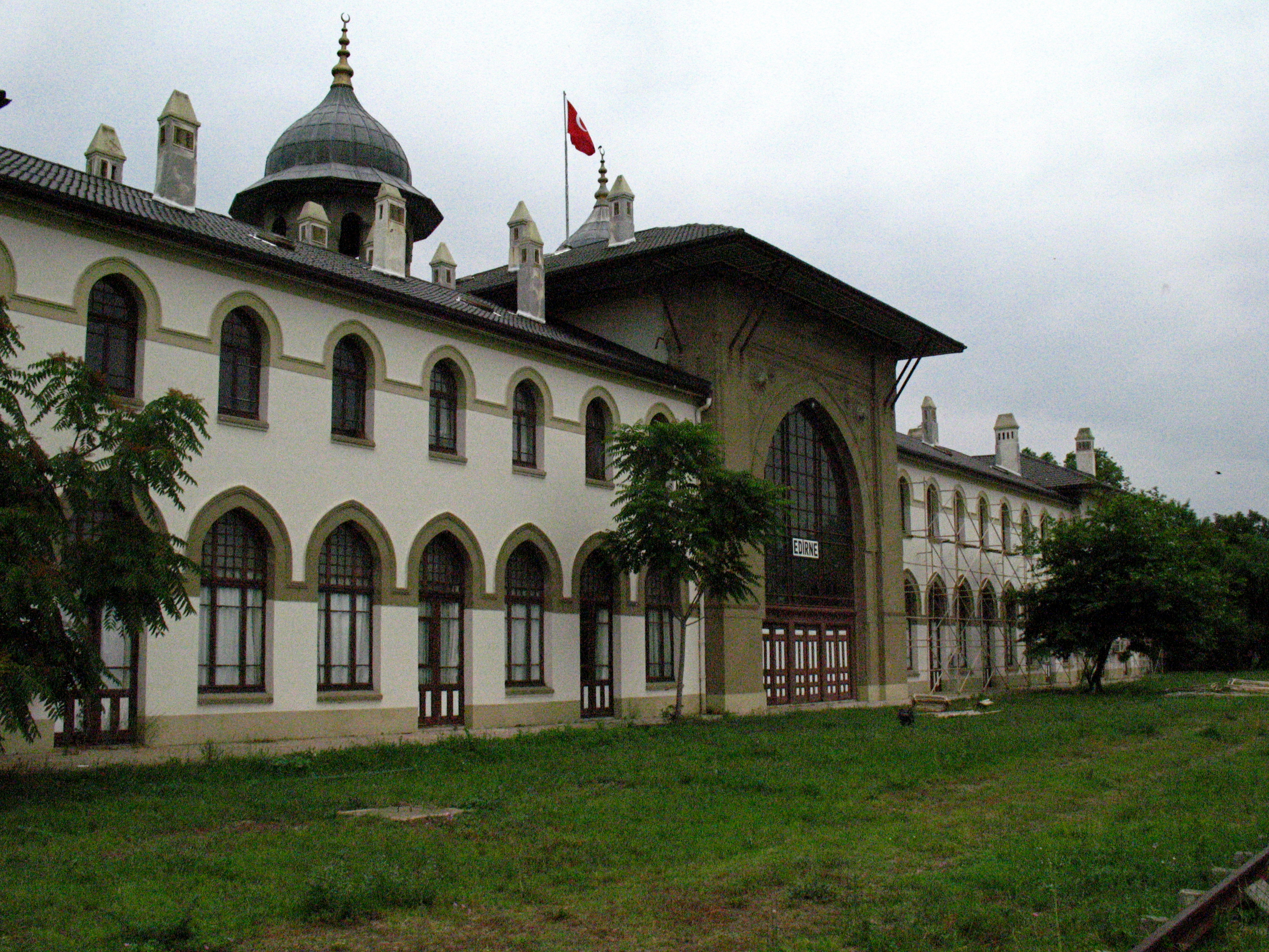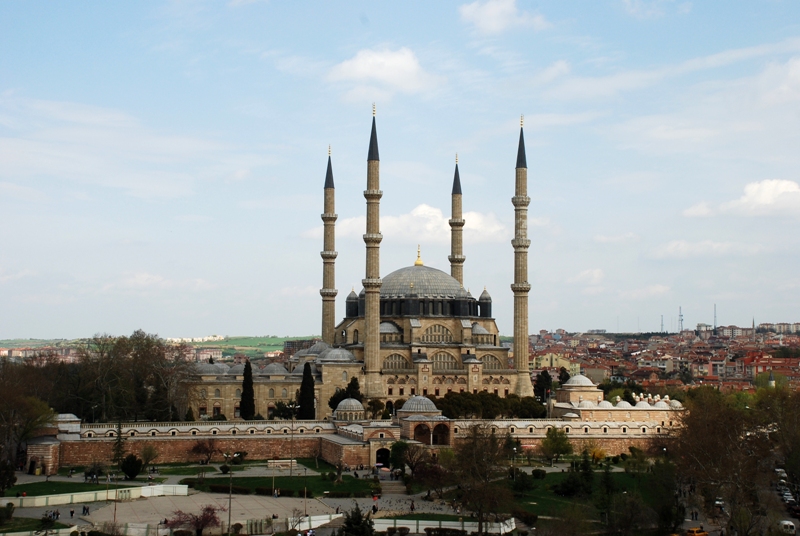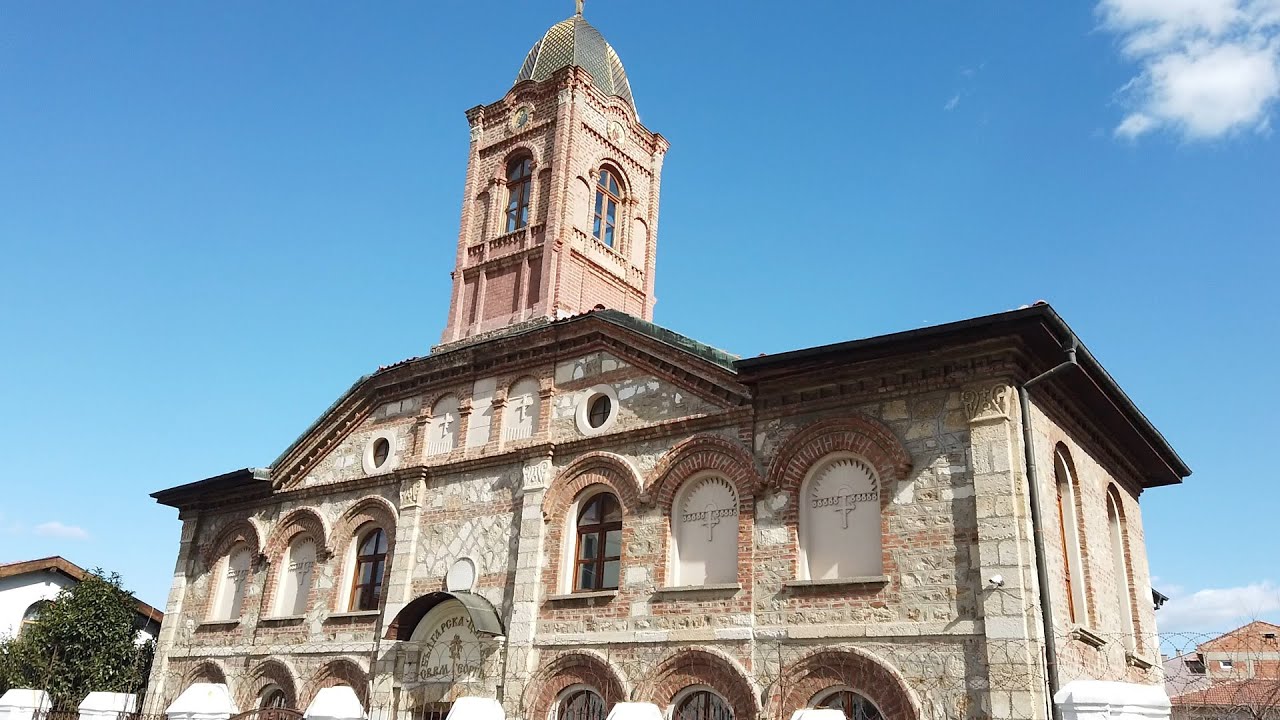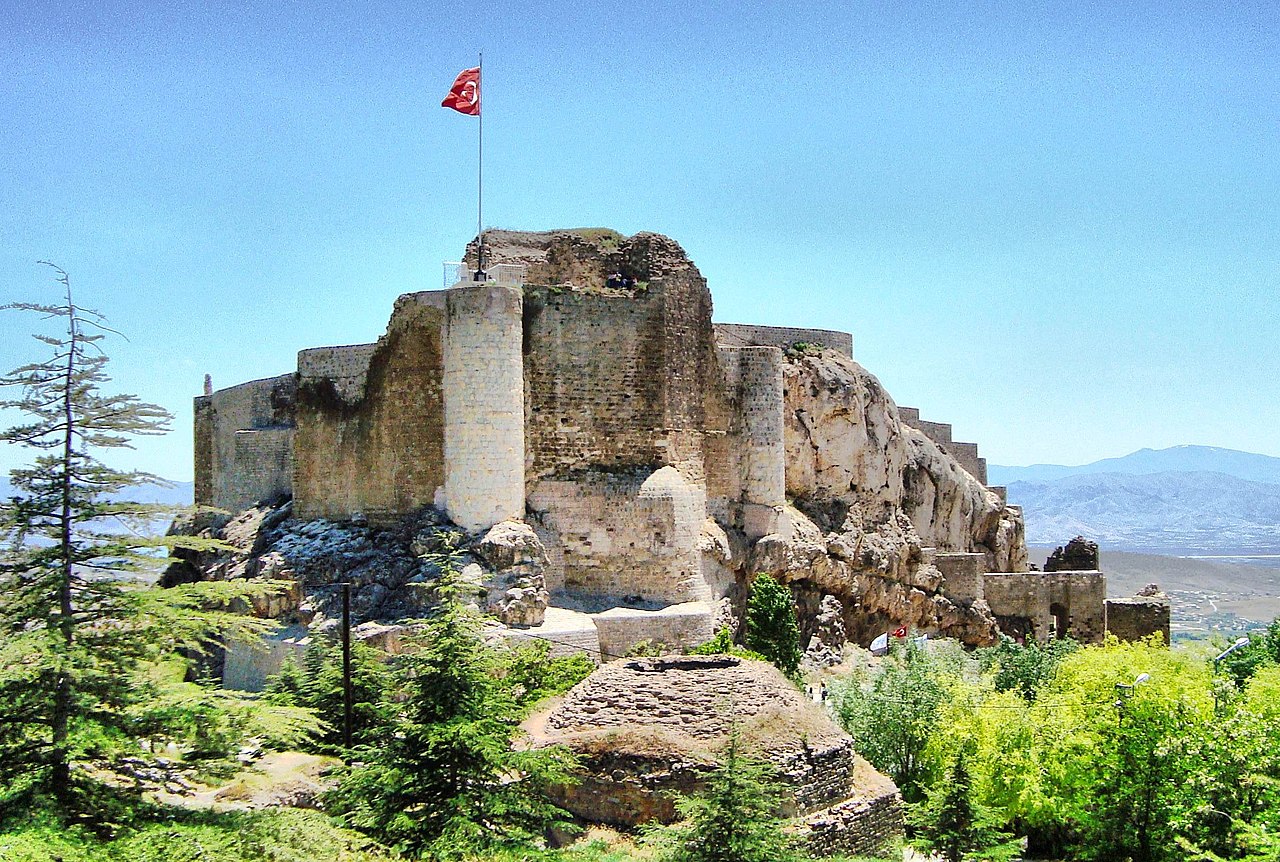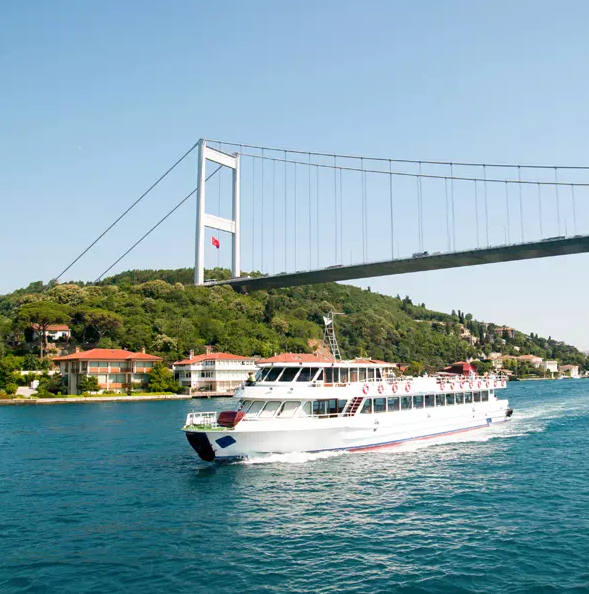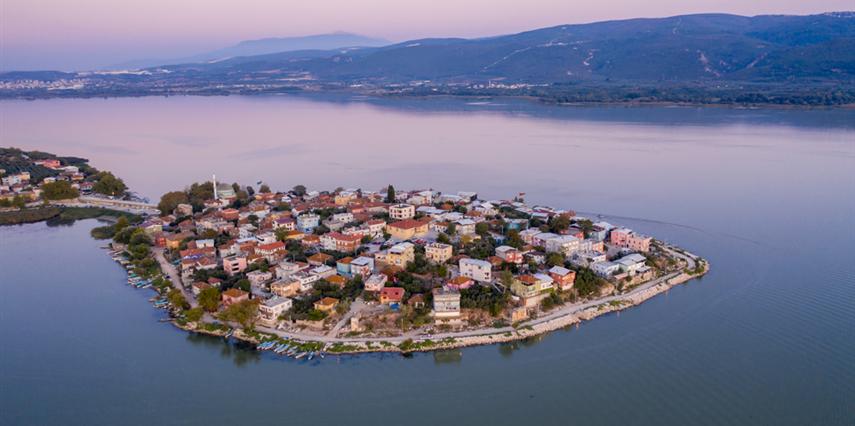Bağcılar
Bağcılar is a district on the European Side of Istanbul. It is the 4th most populated district among the districts of Istanbul. It is a district rich in terms of transportation. The population of Bağcılar in 2022 was 740,069. At the launch conference of the book titled "Bağcılar from Village to City, from Past to Future" organized by Bağcılar Municipality, the known history of Bağcılar and the new information discovered were explained in detail. Photographs of Bağcılar from 143 years ago have been found. It is known that Young Osman had a mosque built in the Bağcılar district center area 403 years ago. There is currently a 400-year-old mosque built by Young Osman, located on the border of Güngören district, which is located on the border with the center of Bağcılar. Although destroyed, there are known historical artifacts in the district. The aqueducts located in the military area of Bağcılar district were responsible for meeting the water needs of the city of Istanbul at the time. It is also known that there is a spoonmaker's inn in Bağcılar where merchants coming to Istanbul received permission to enter Istanbul. One of the oldest surviving historical structures in Bağcılar district is the historical fountains in Mahmutbey District. These fountains were built by the Ottoman sultans in various parts of Istanbul. Mahmutbey Sultan Süleyman Han Burmalı Fountain The name Bağcılar was given due to the abundance of vineyards, when Bağcılar became a town, it was changed to Yeşilbağ, and when Bağcılar became a district, the name Bağcılar was given again. The old name of Bağcılar, where non-Muslims lived in the Ottoman period, was Çıfıtburgaz (Yahudburgaz). Bağcılar is one of the villages of Mahmutbey Town, where the Greek population lived during the Ottoman period. Mahmutbey Town was one of the oldest settlements in Istanbul and was a settlement center with 11 villages. In the work titled "Istanbul City Statistical Yearbook 1930-31" by Istanbul Metropolitan Municipality Statistics Directorate, the names of six of these villages are as follows: Avaz Village, Ayapa Village, Ayayorgi Village, Çıfıtburgaz Village, Vidoz Village and Yeni Bosna Village. Over time, the names of these villages became Avas Atışalanı, Ayapa Kirazlı, Litros Esenler; Vidos Güngören, Ayayorgi Kayabaşı, Nifos Kocasinan and Çıfıtburgaz were changed to Bağcılar. Çıfıtburgaz means "Jewish tower". In the 1950s, Mahmutbey Town had a village mansion with a gendarmerie station, health center, pharmacy, post office, Electricity Union, cinema, guest house, village headman's office and school principal's residence. For the first urbanization phase of Bağcılar, the period until the 1980s, when it was completely integrated with the city of Istanbul, should be examined. It can be seen that there was a development in the Topkapı and Bakırköy axis until the 1980s. It can be defined that the first urbanization phase took place on Bağcılar Street, which is one of the busiest streets of the district today, connecting Bağcılar and Bakırköy, and the streets parallel to it, in the entire Bağcılar district center and (partially) in the sub-district centers of Bağcılar. In this context, Çınar, Merkez, Sancaktepe, Yavuz Selim, Yenigün and Yıldıztepe neighborhoods are the neighborhoods that experienced the first urbanization phase. In the early 1990s, Güneşli and Mahmutbey districts became completely integrated with the Bağcılar district center, with the intermediate regions connecting the districts becoming fully urbanized. The region of Bağcılar, which developed on the Topkapı-Bakırköy axis, took the name Parseller in the 1980s due to the fact that this district, which is also included in the borders of Güngören and Bahçelievler, was in an intense parcelization process. The district is the busiest area of these 3 districts. The complete urbanization of Bağcılar district caused Bağcılar to separate from Bakırköy and become a district in 1992. Bağcılar was a district known for its intense immigration and lack of planning. Currently, it is a district whose population has decreased in recent years and urban transformation efforts are being carried out intensively. There are two museums in the district where historical items can be seen. The fact that there are no museums in the surrounding districts makes Bağcılar different in this regard.






